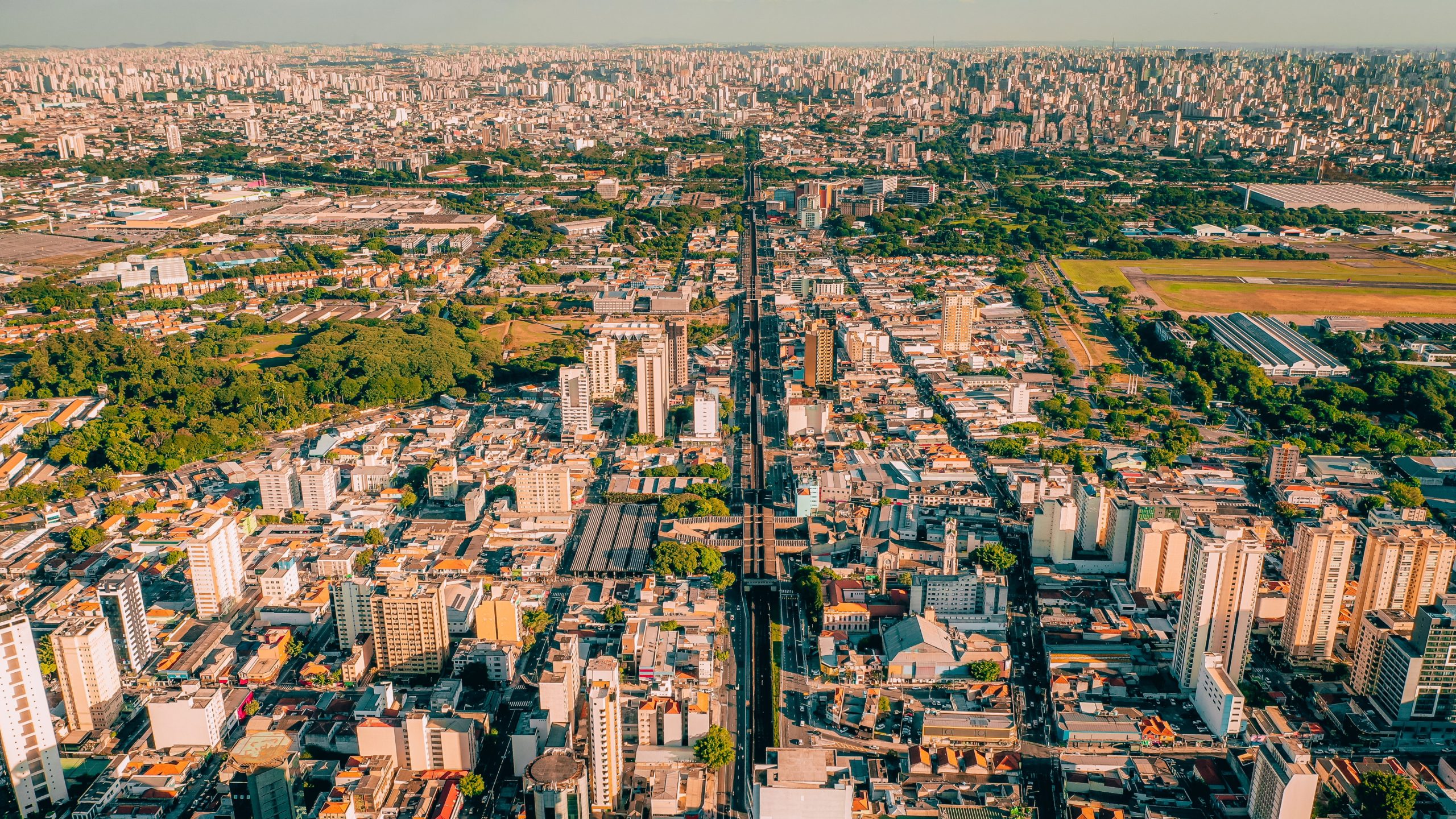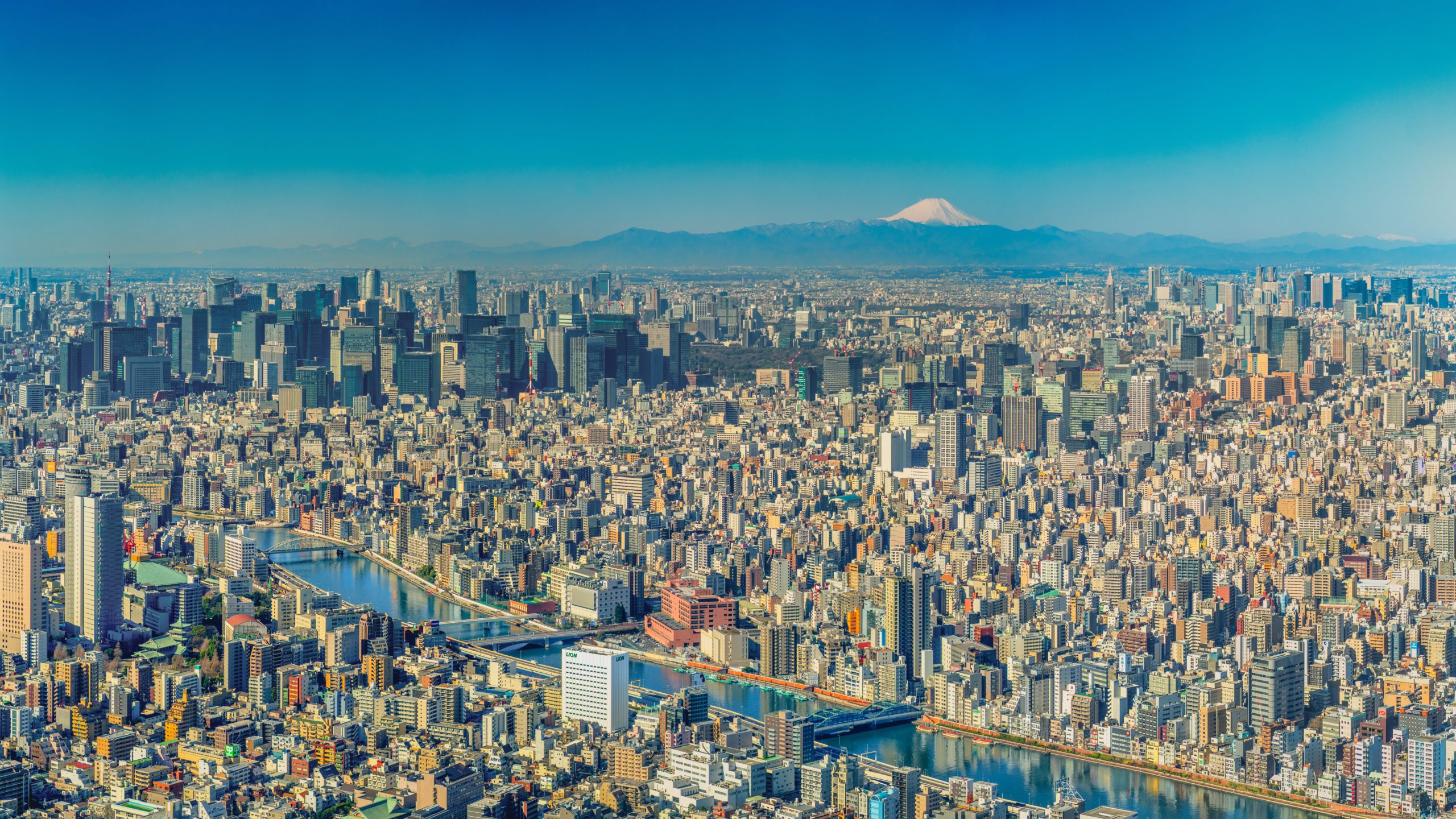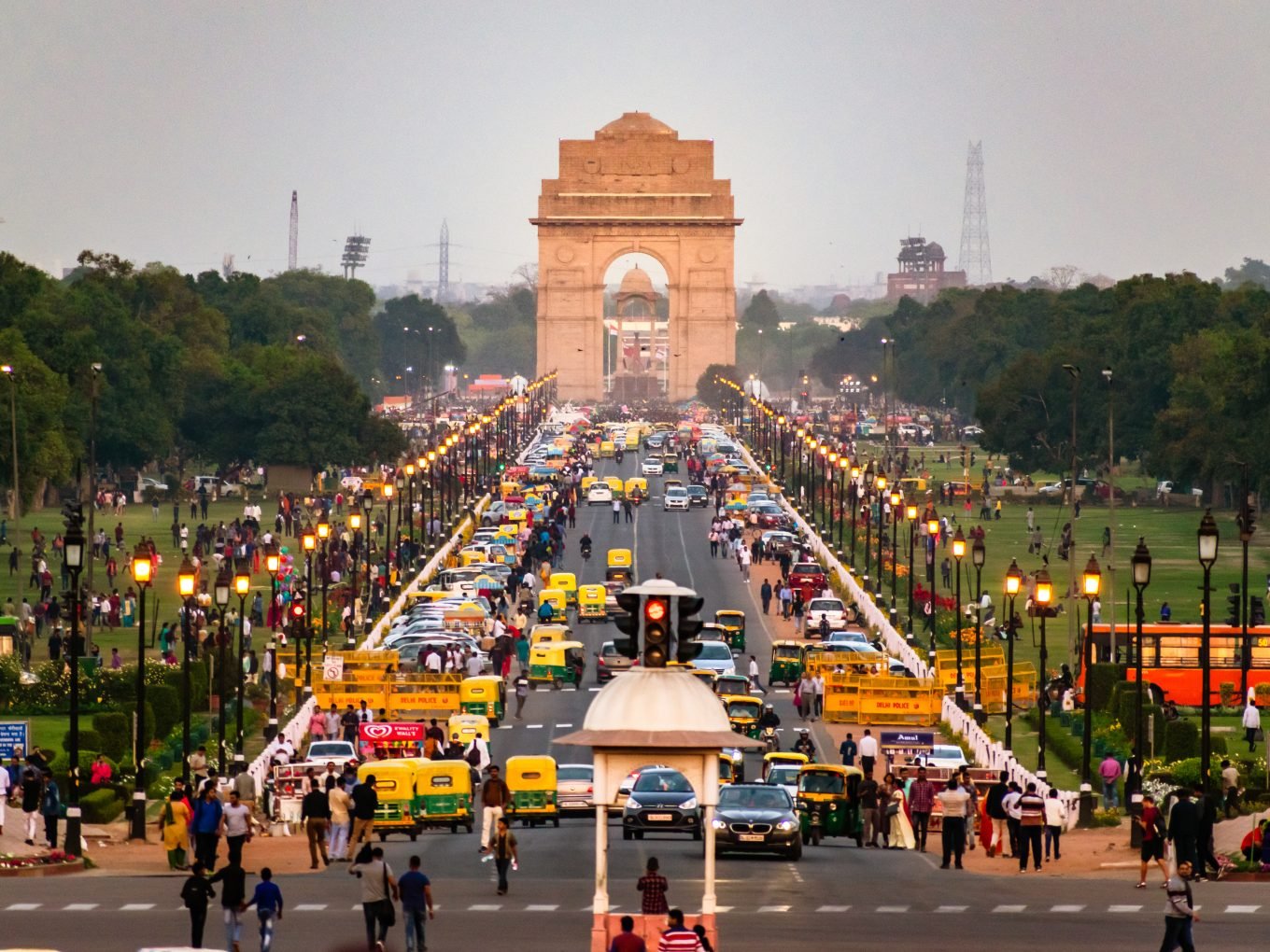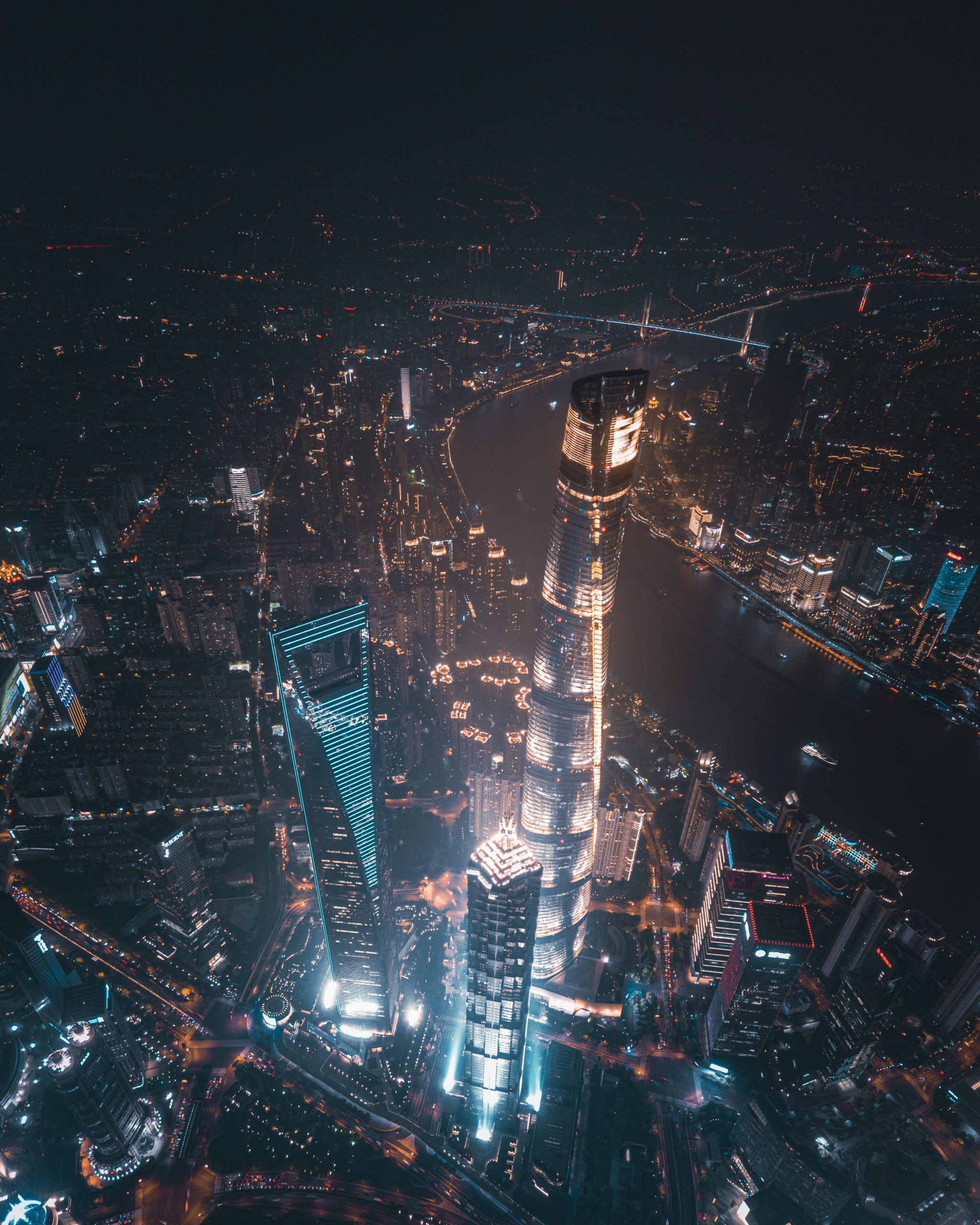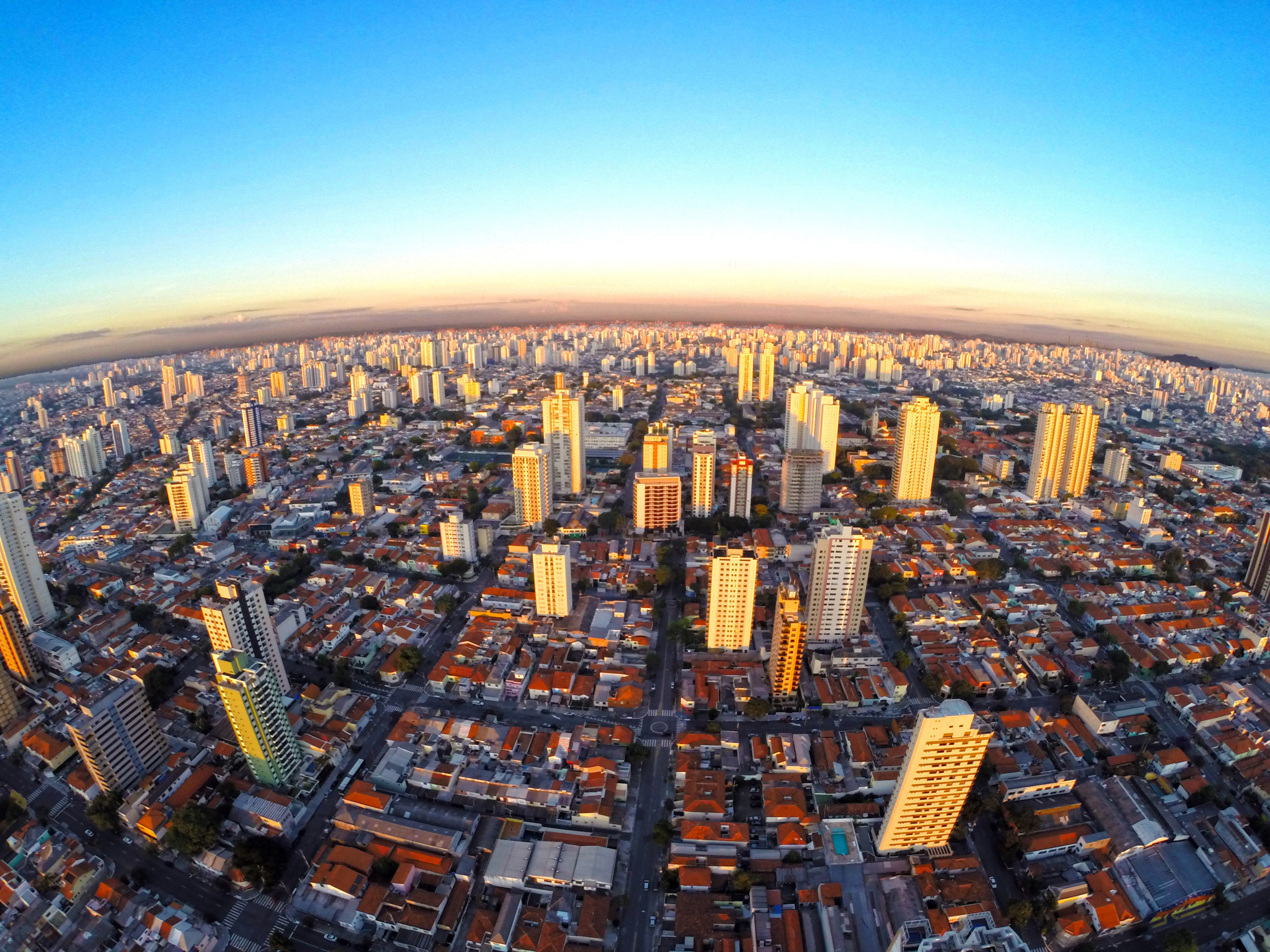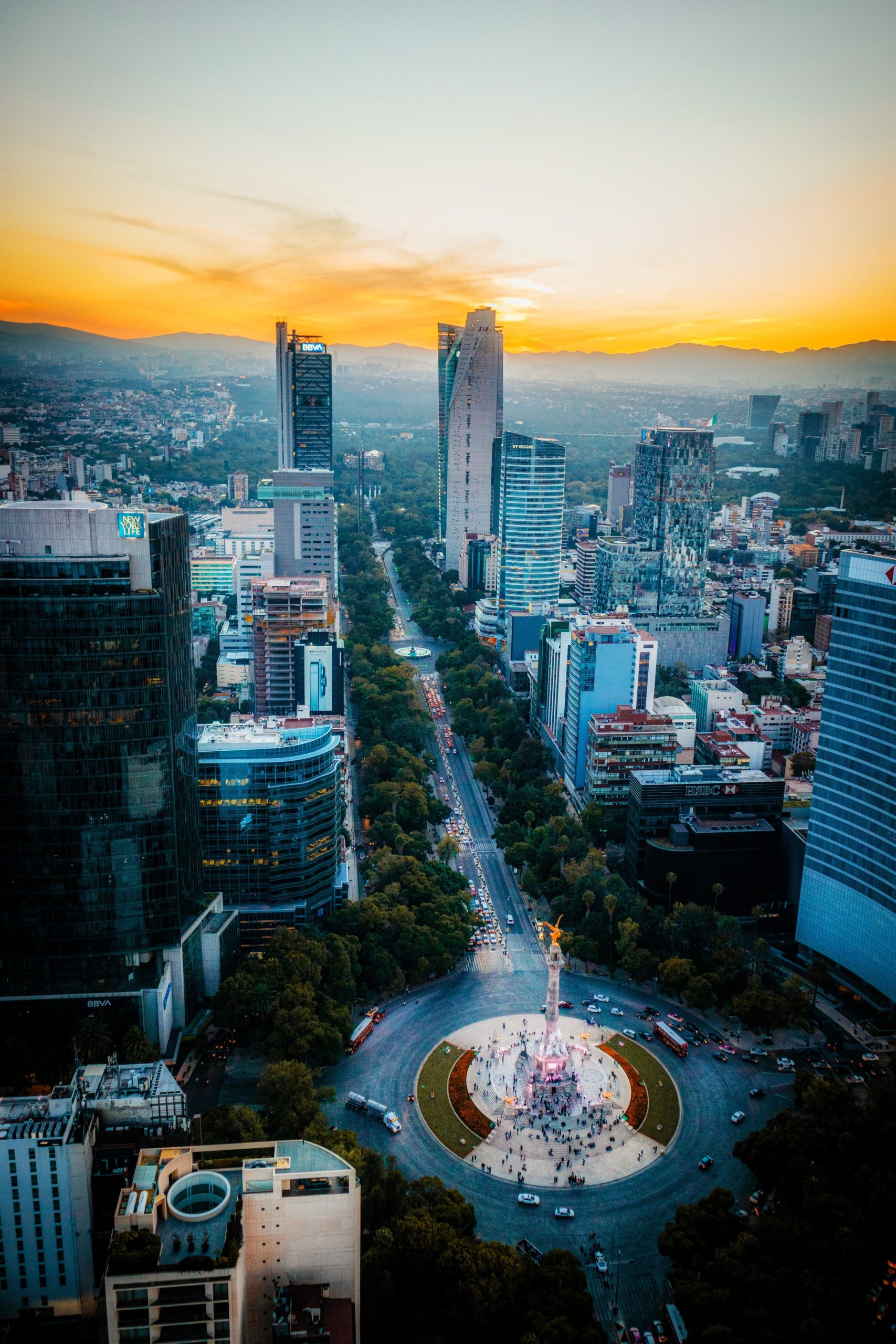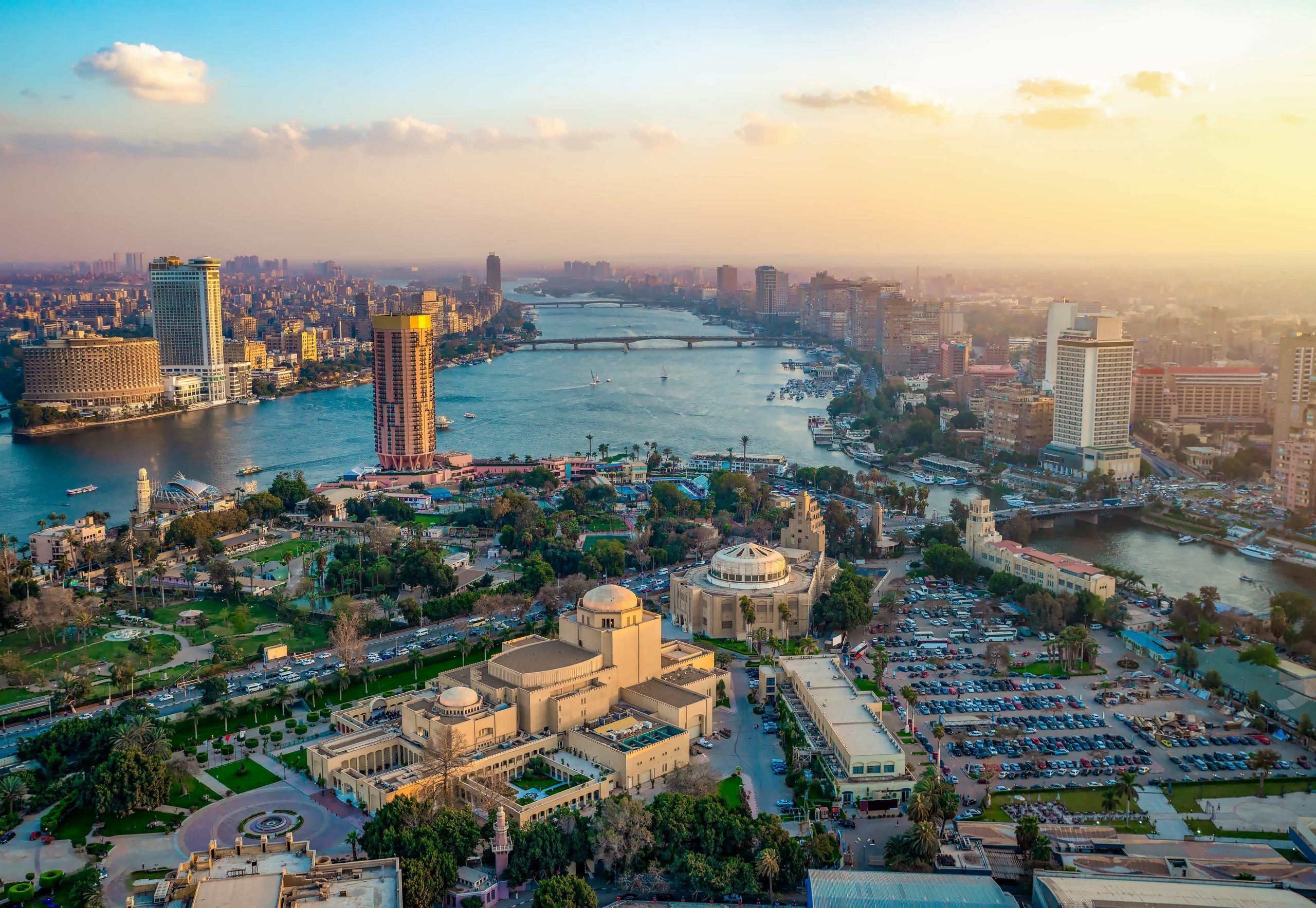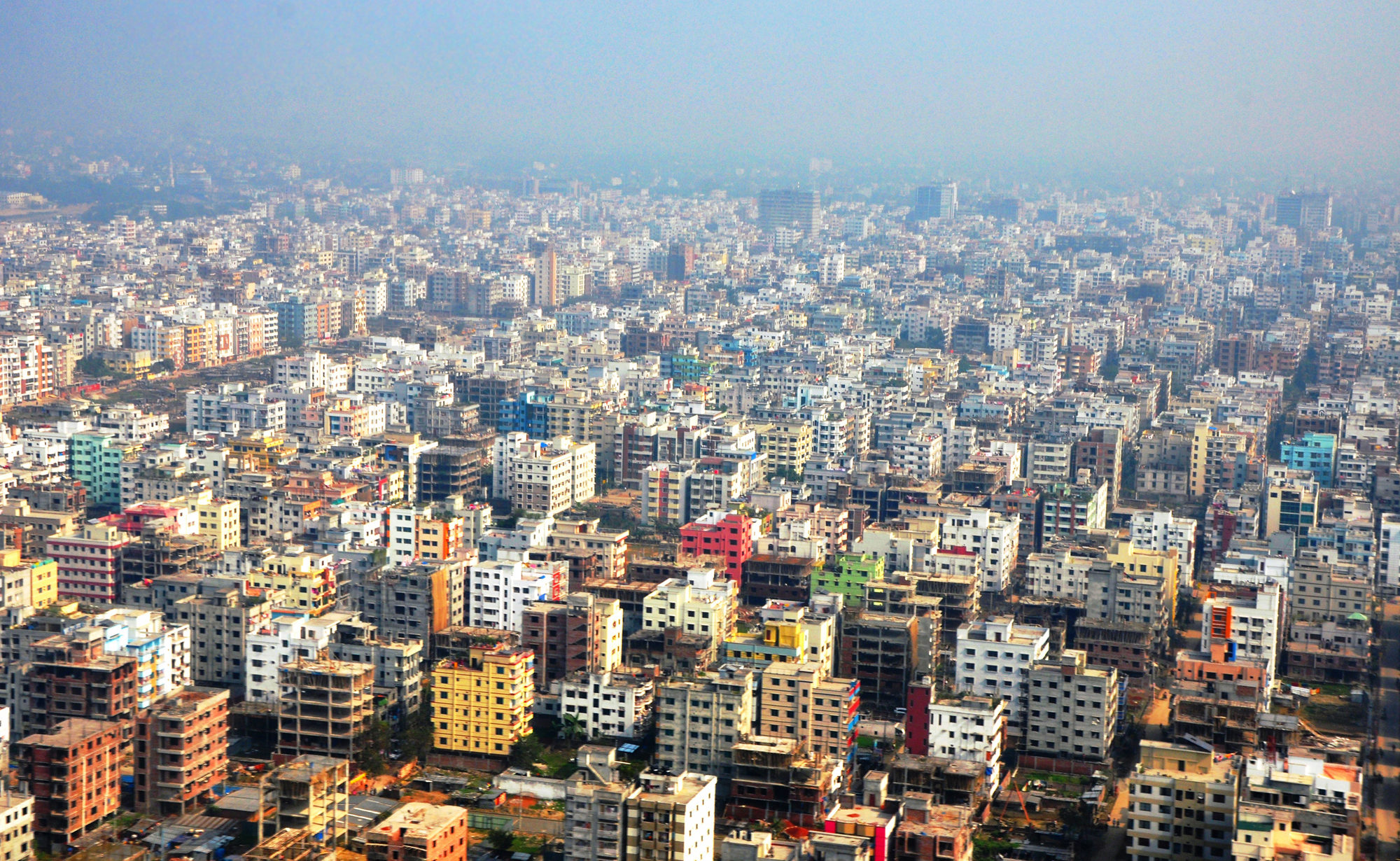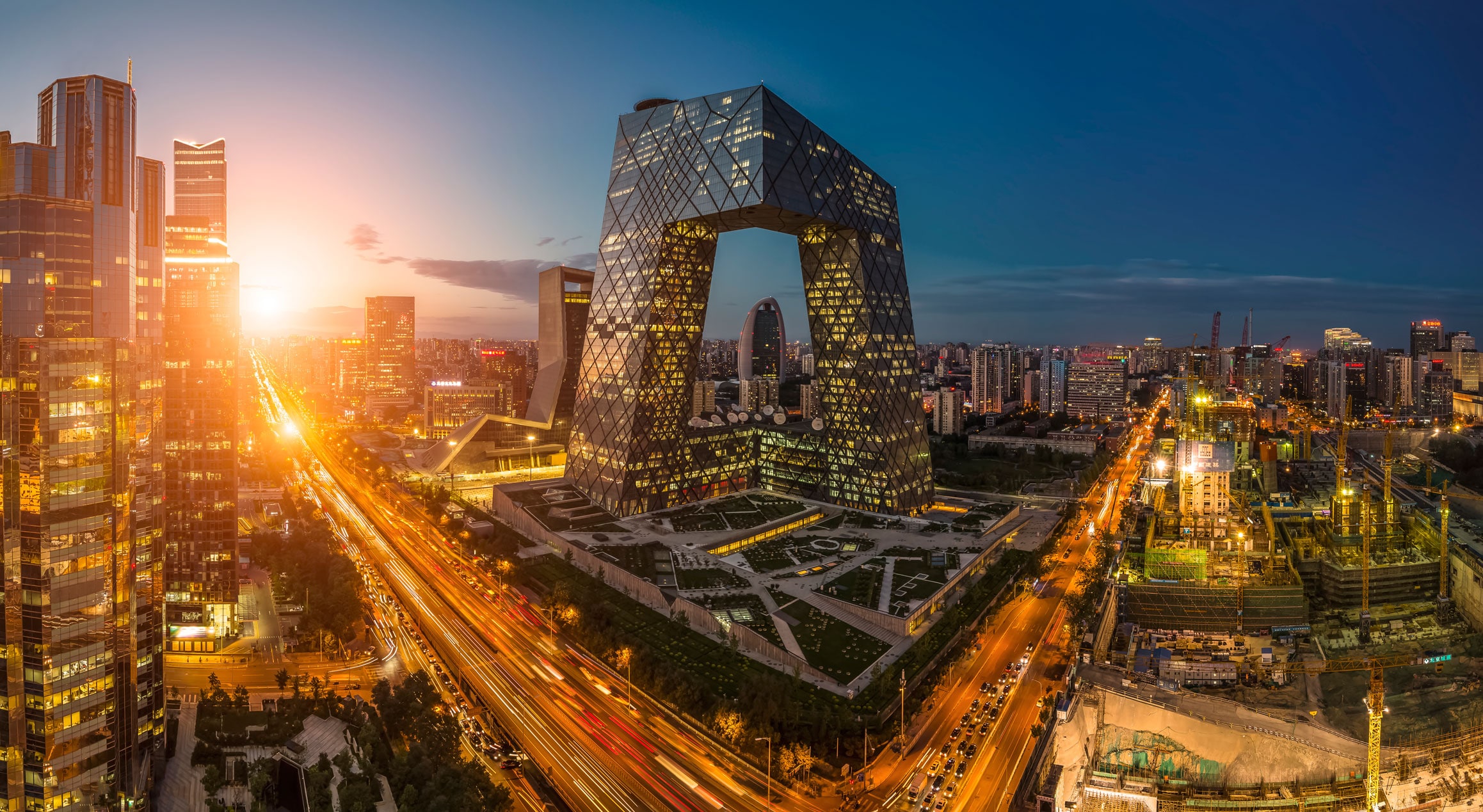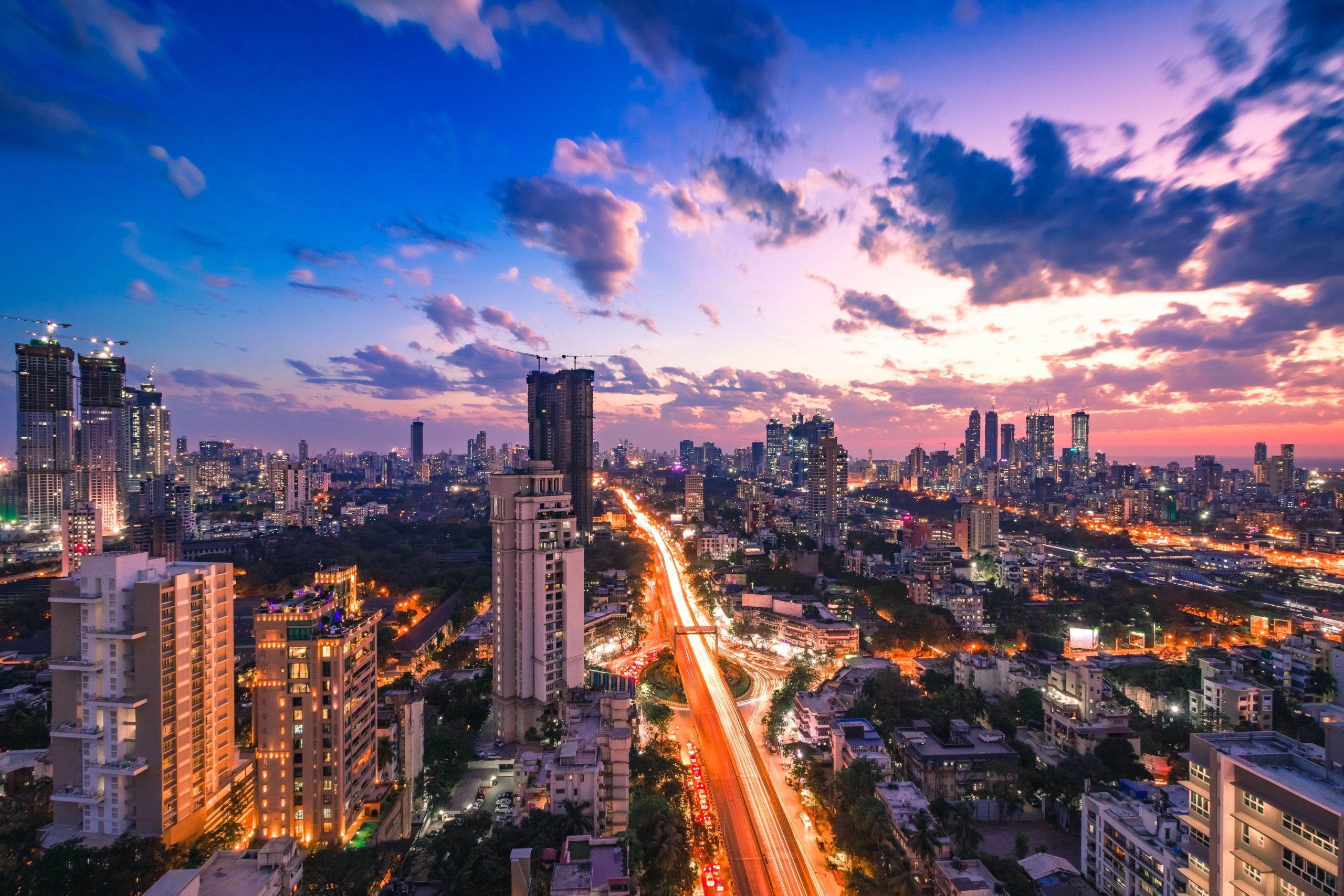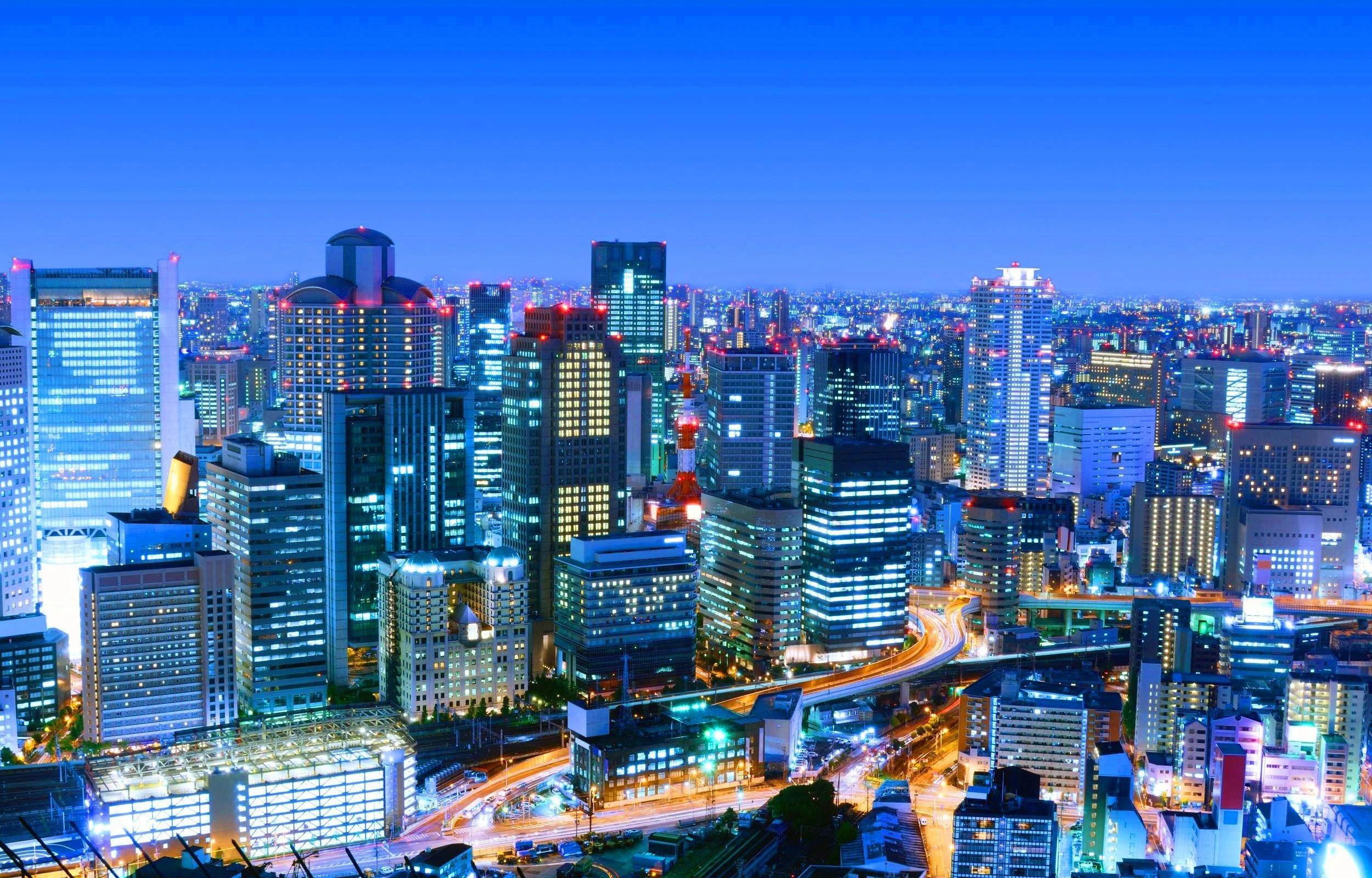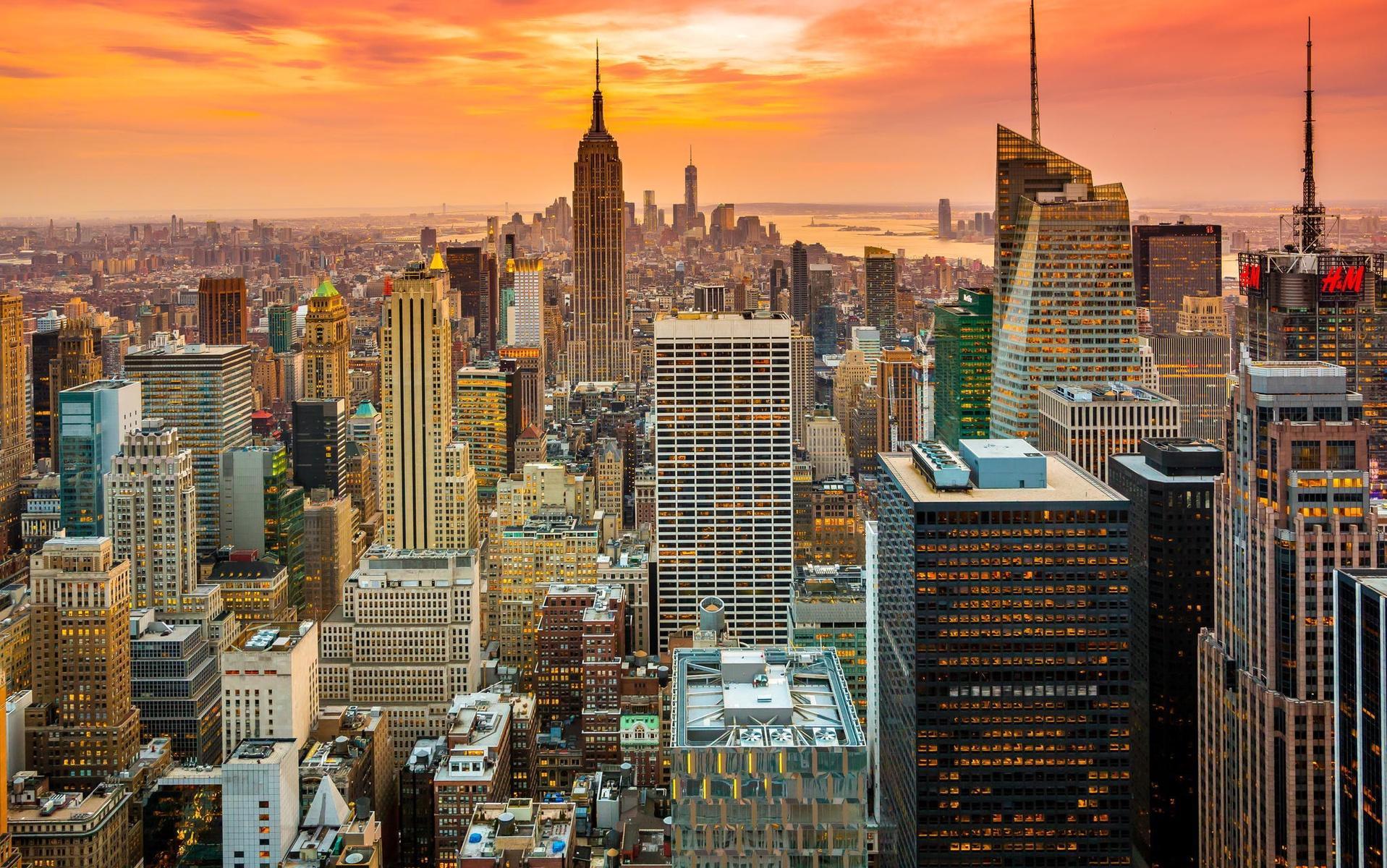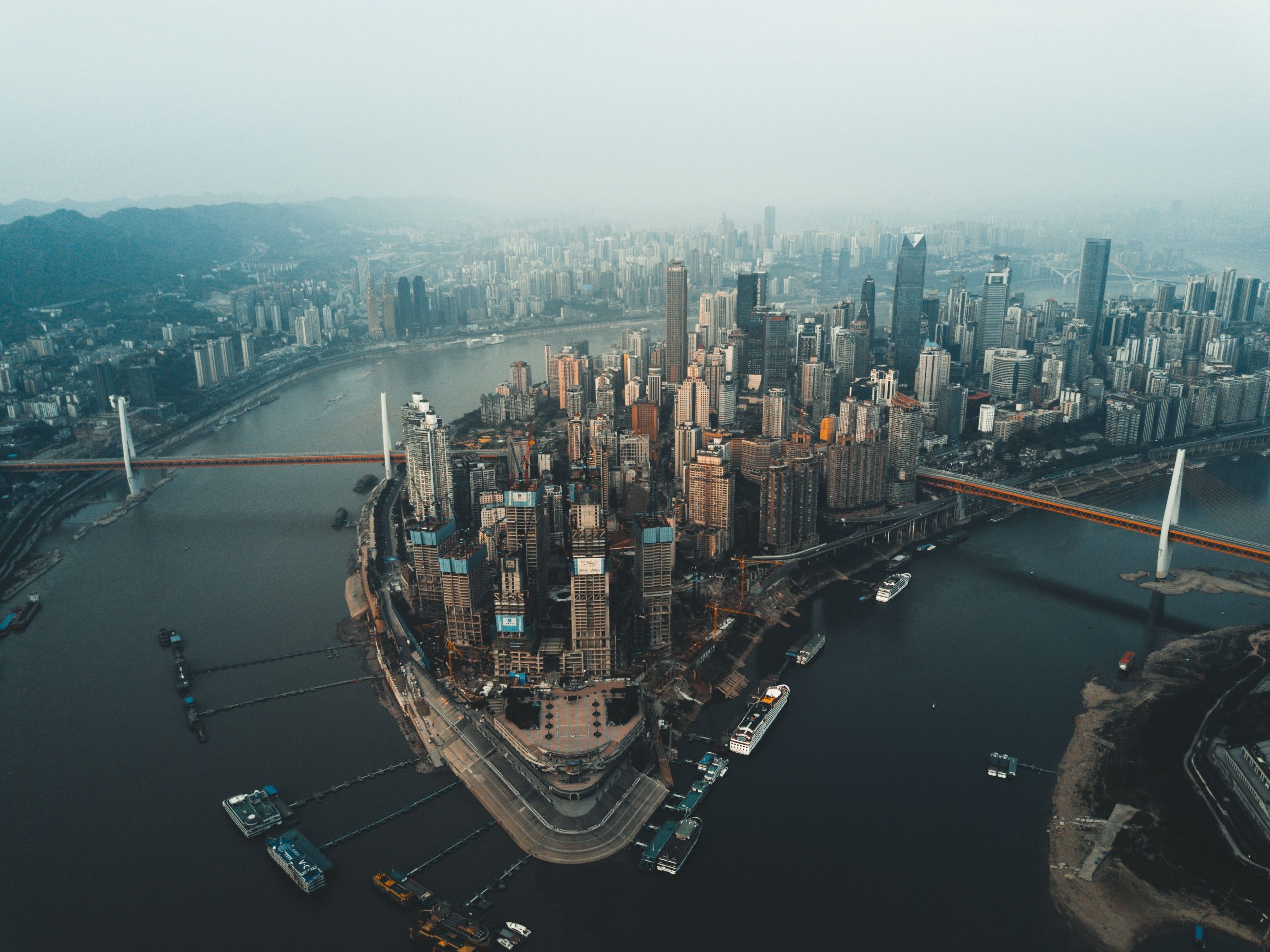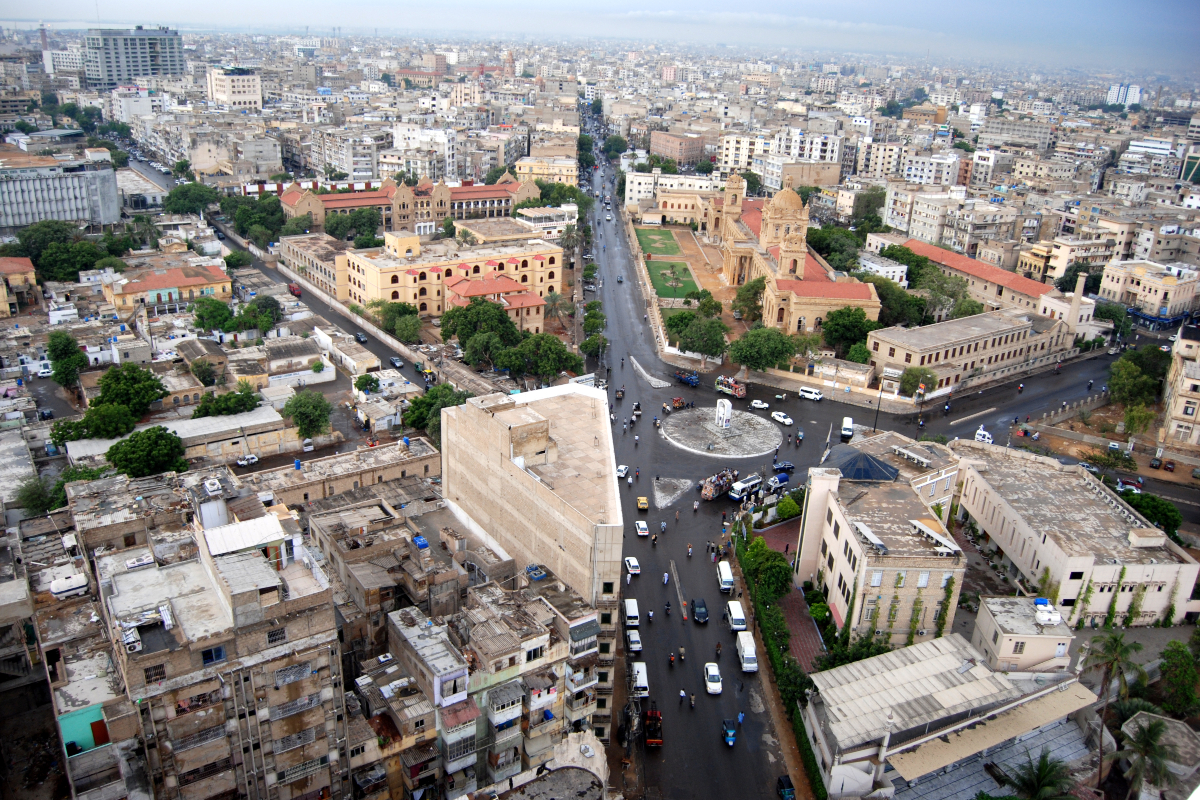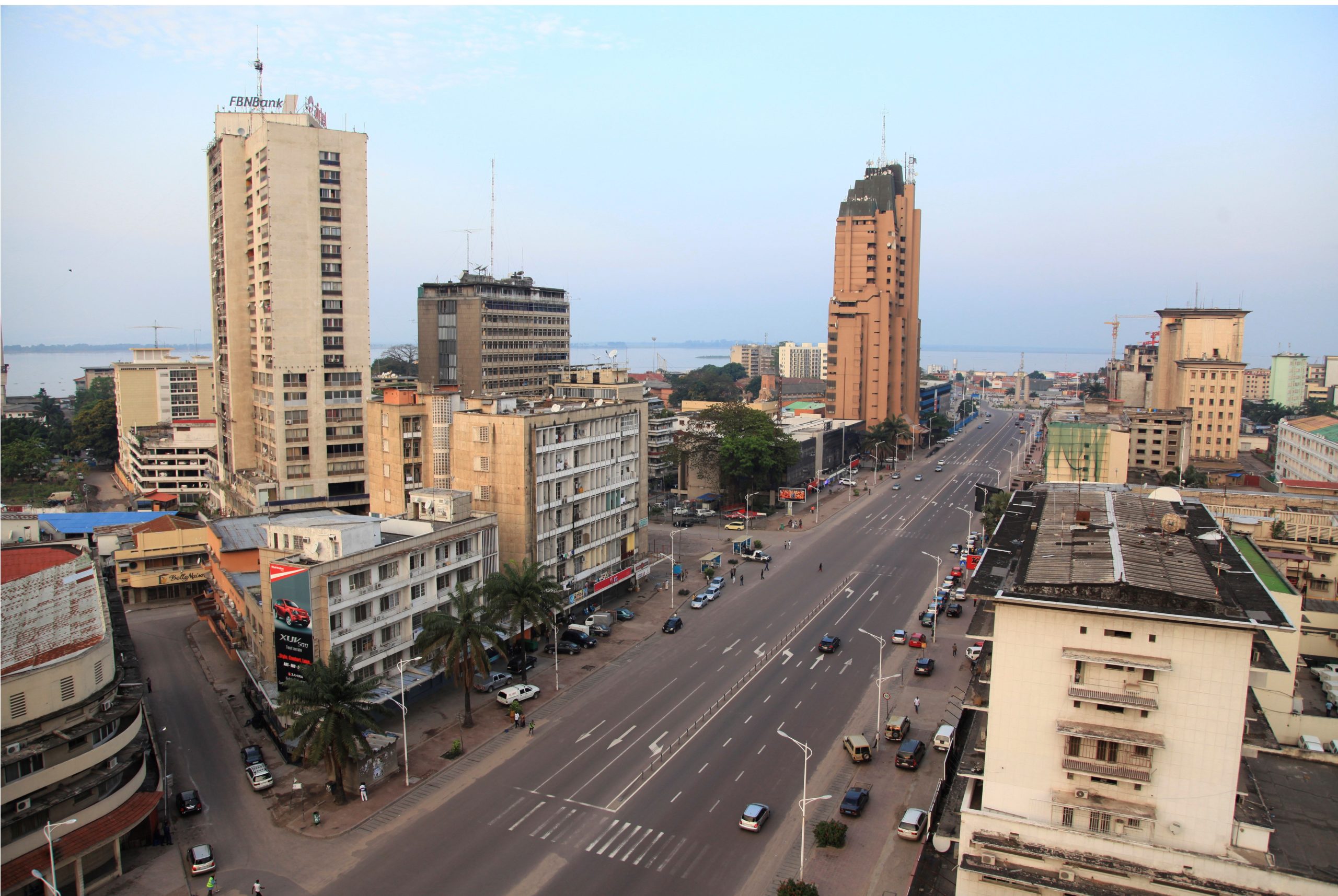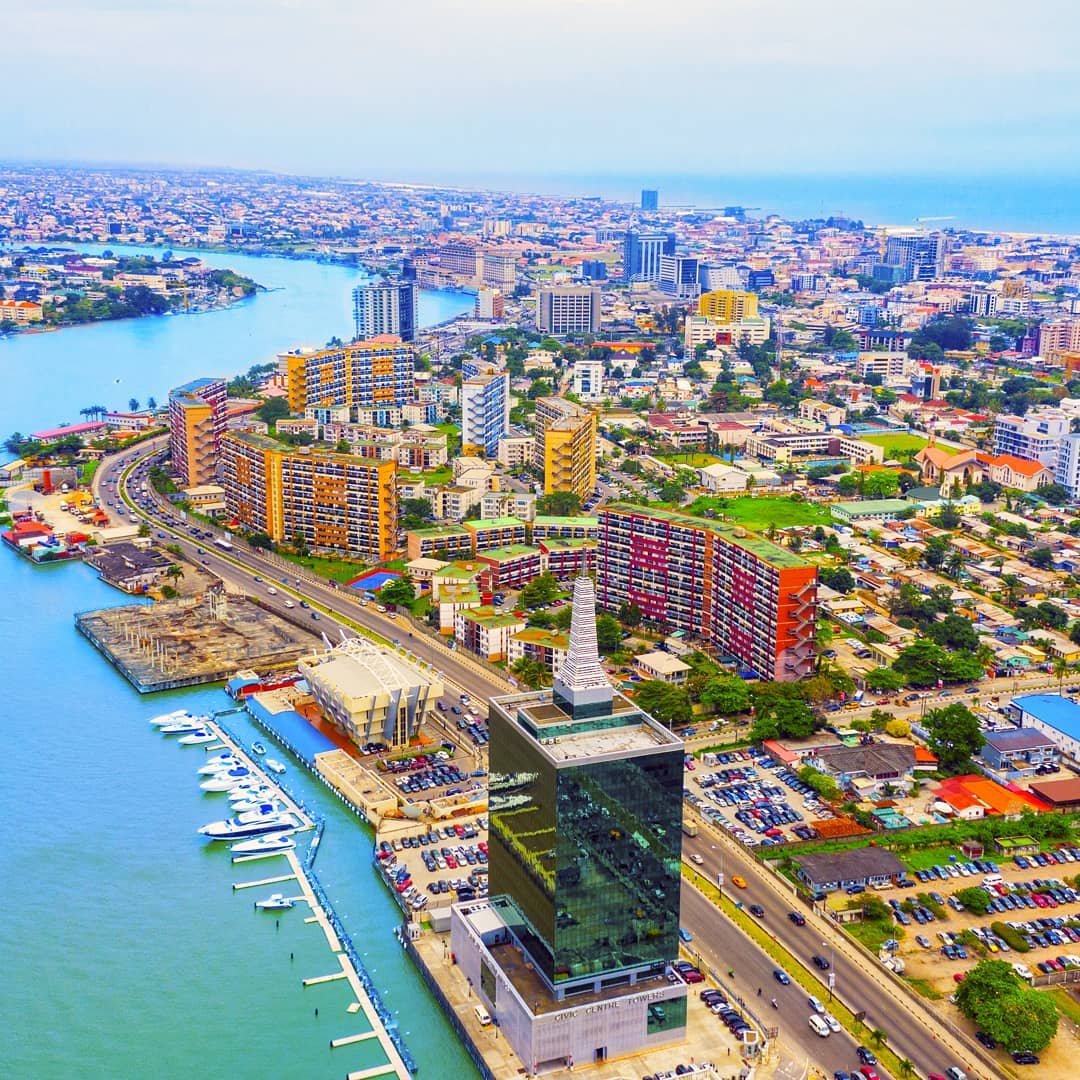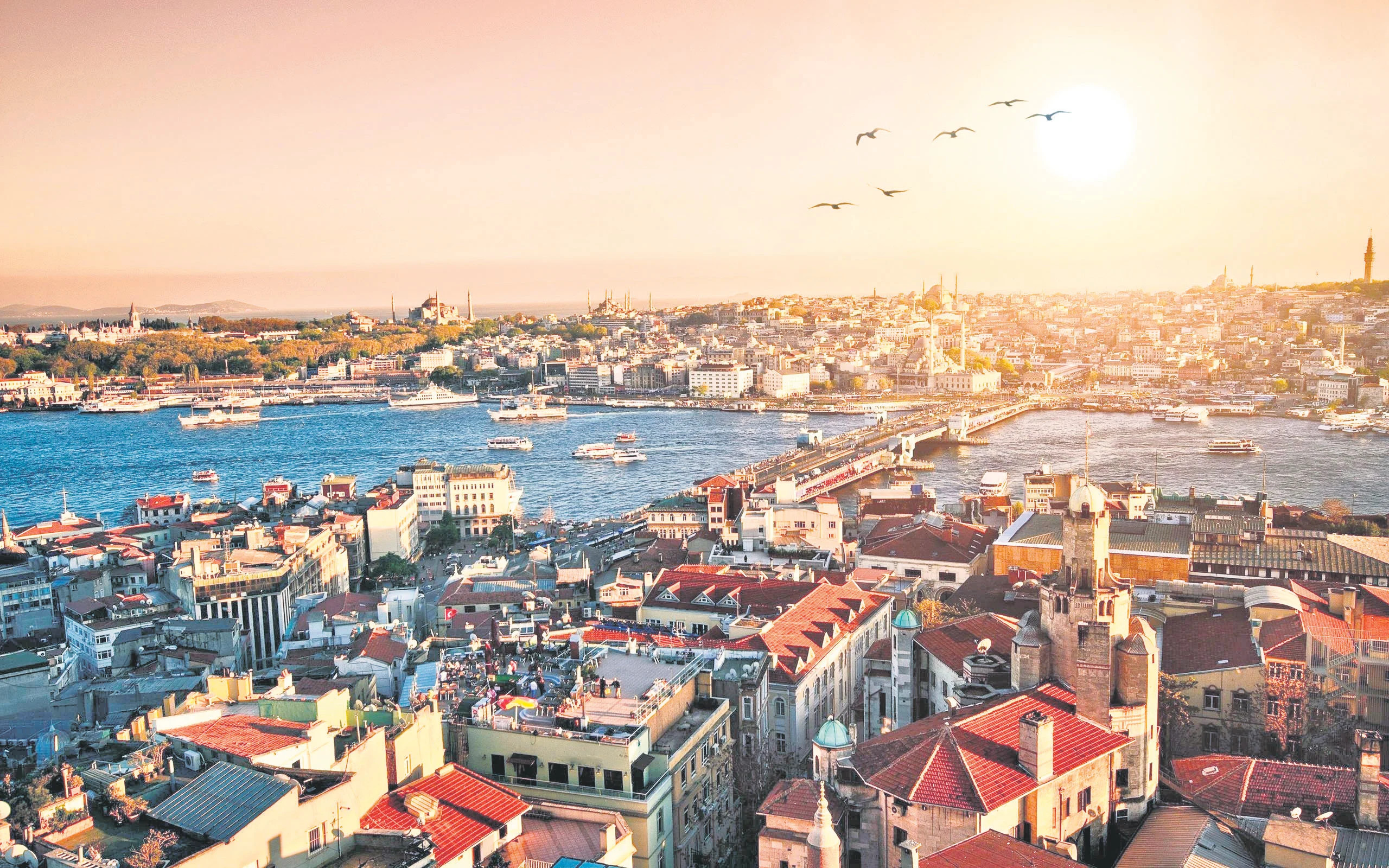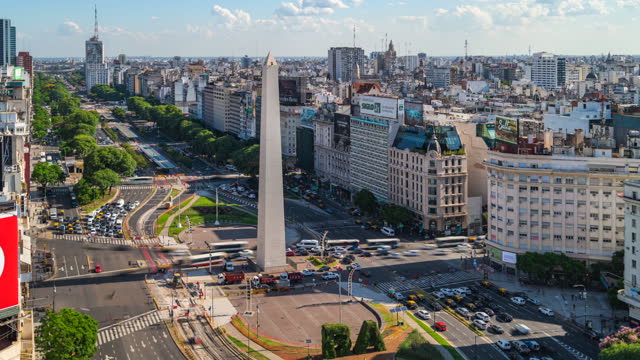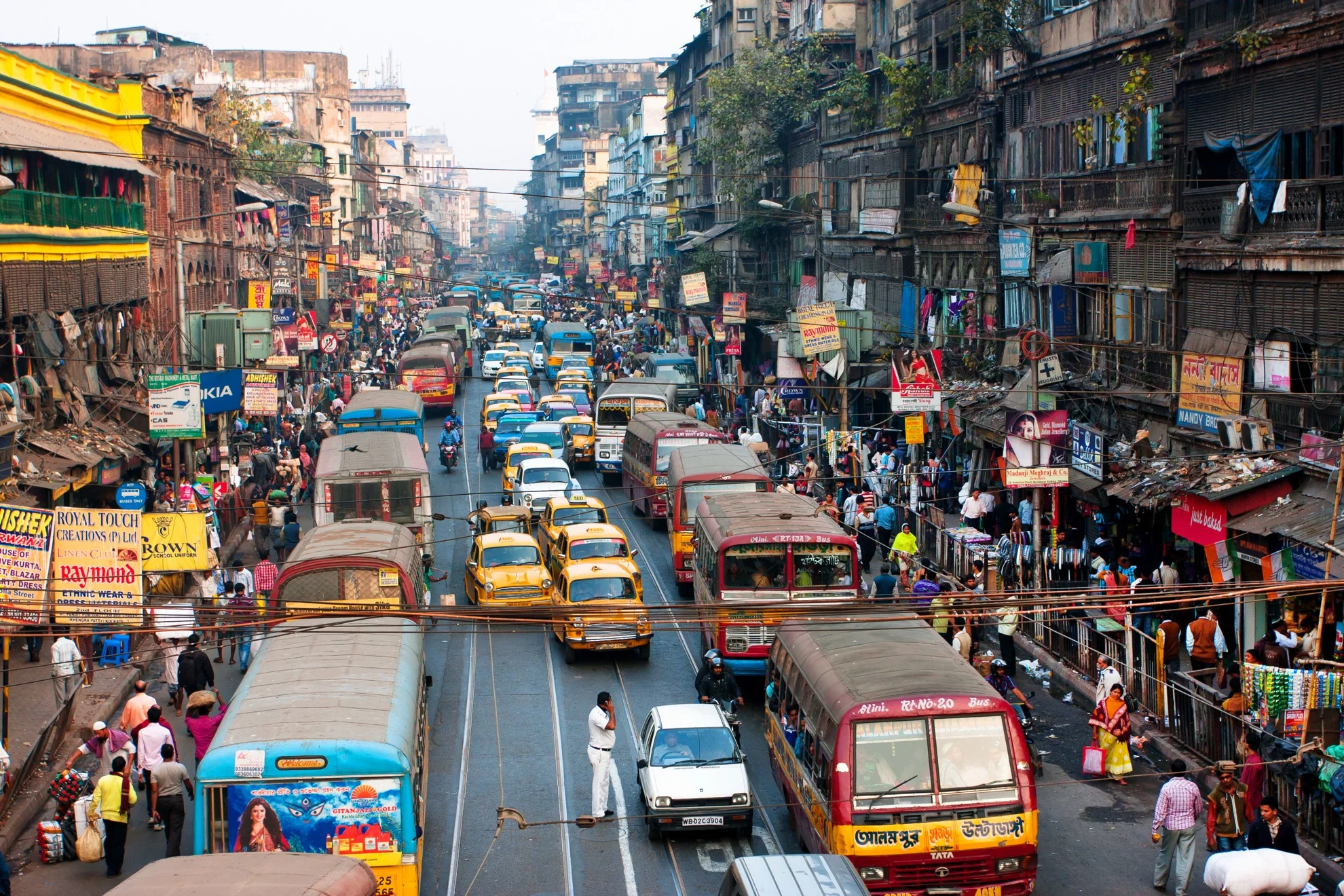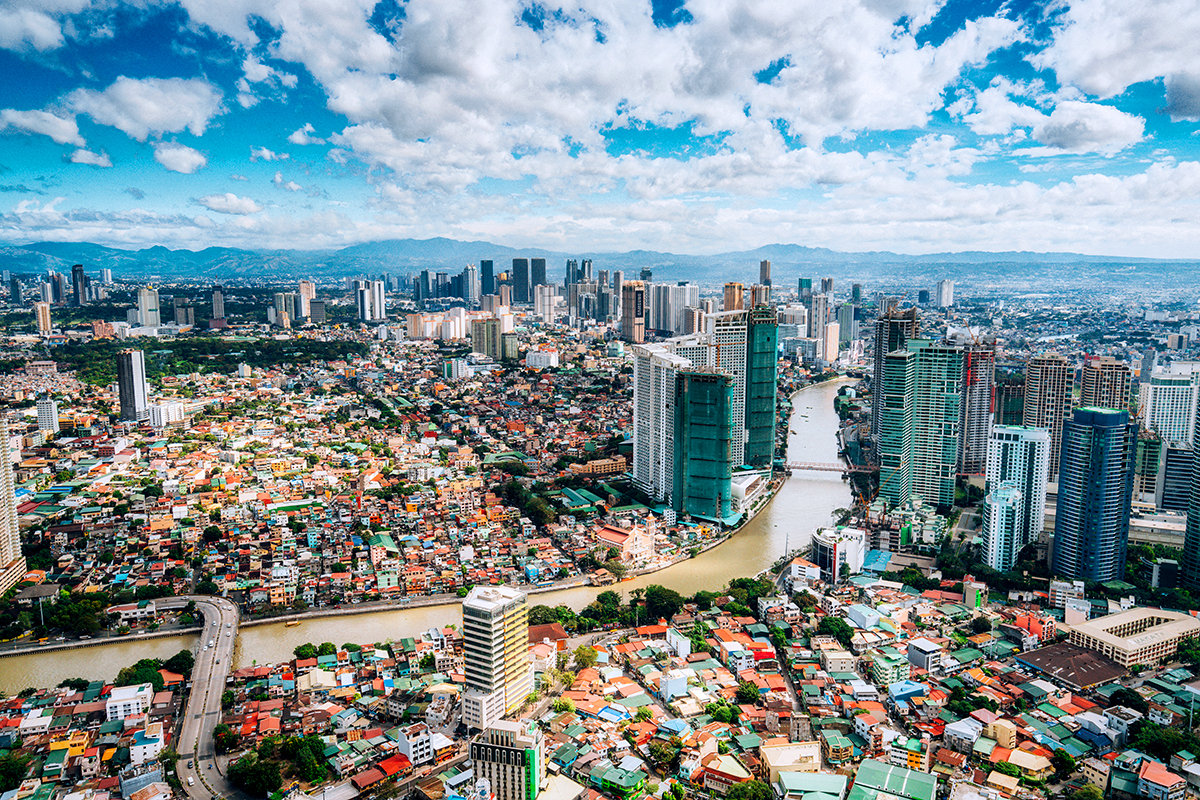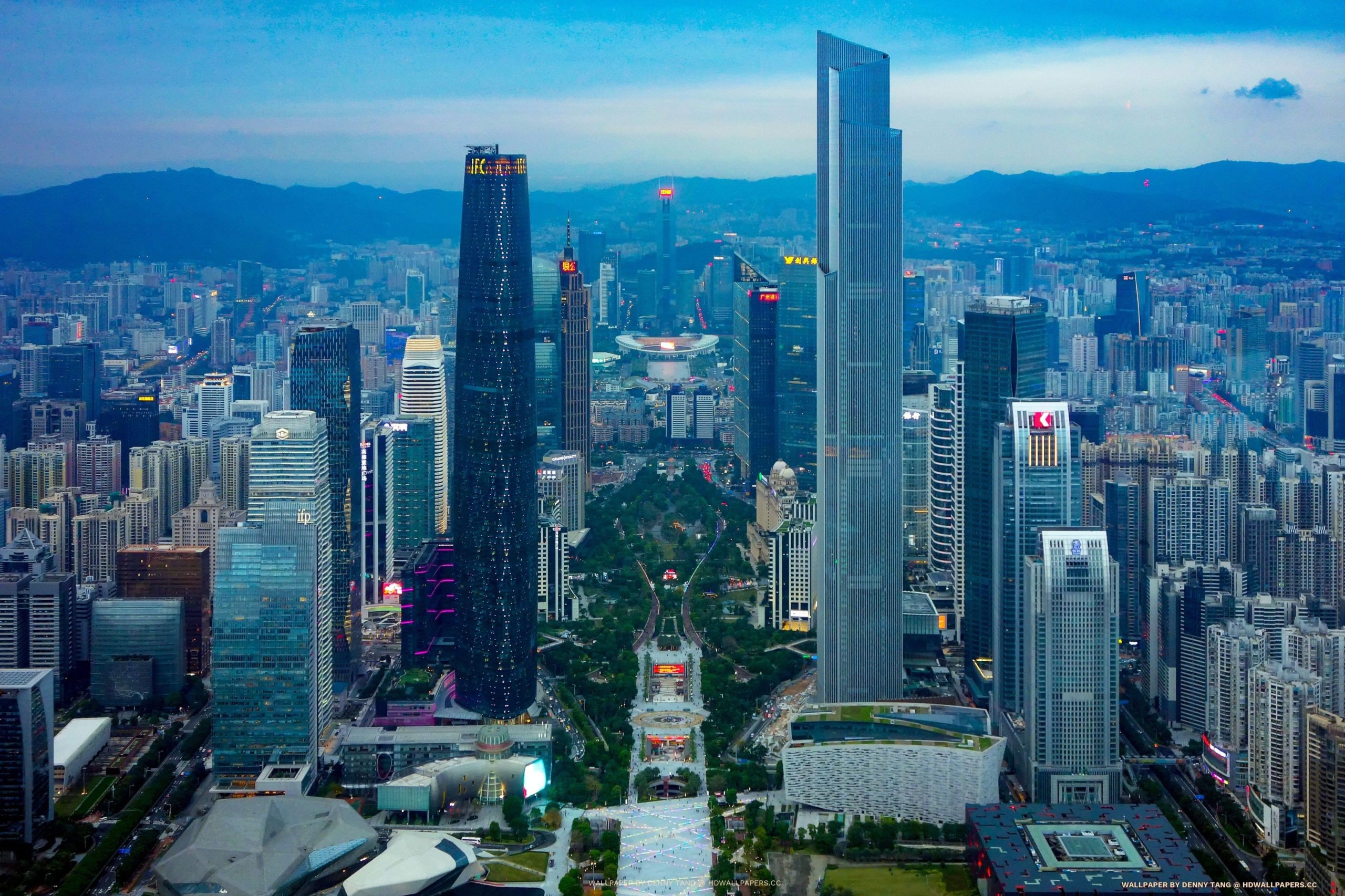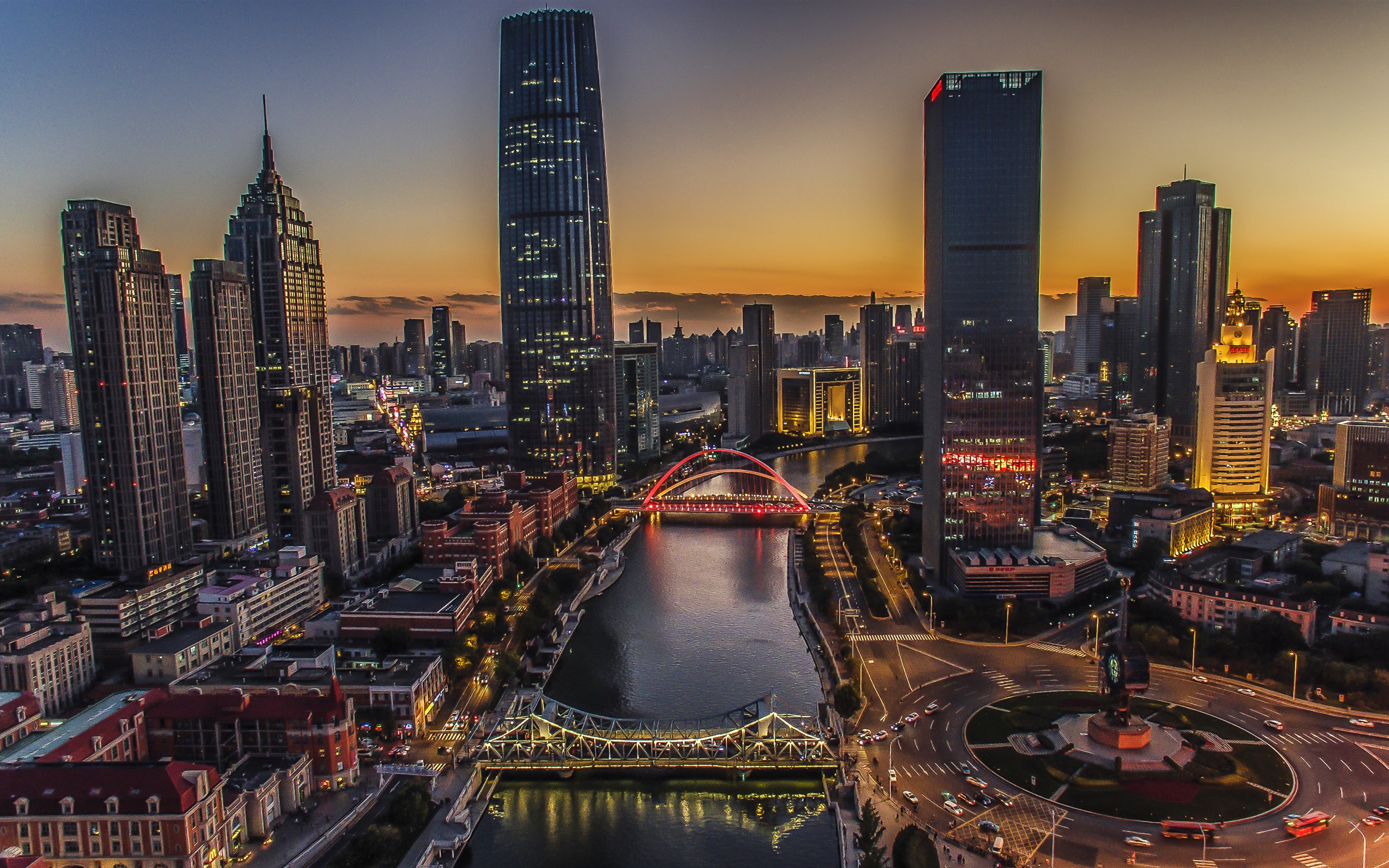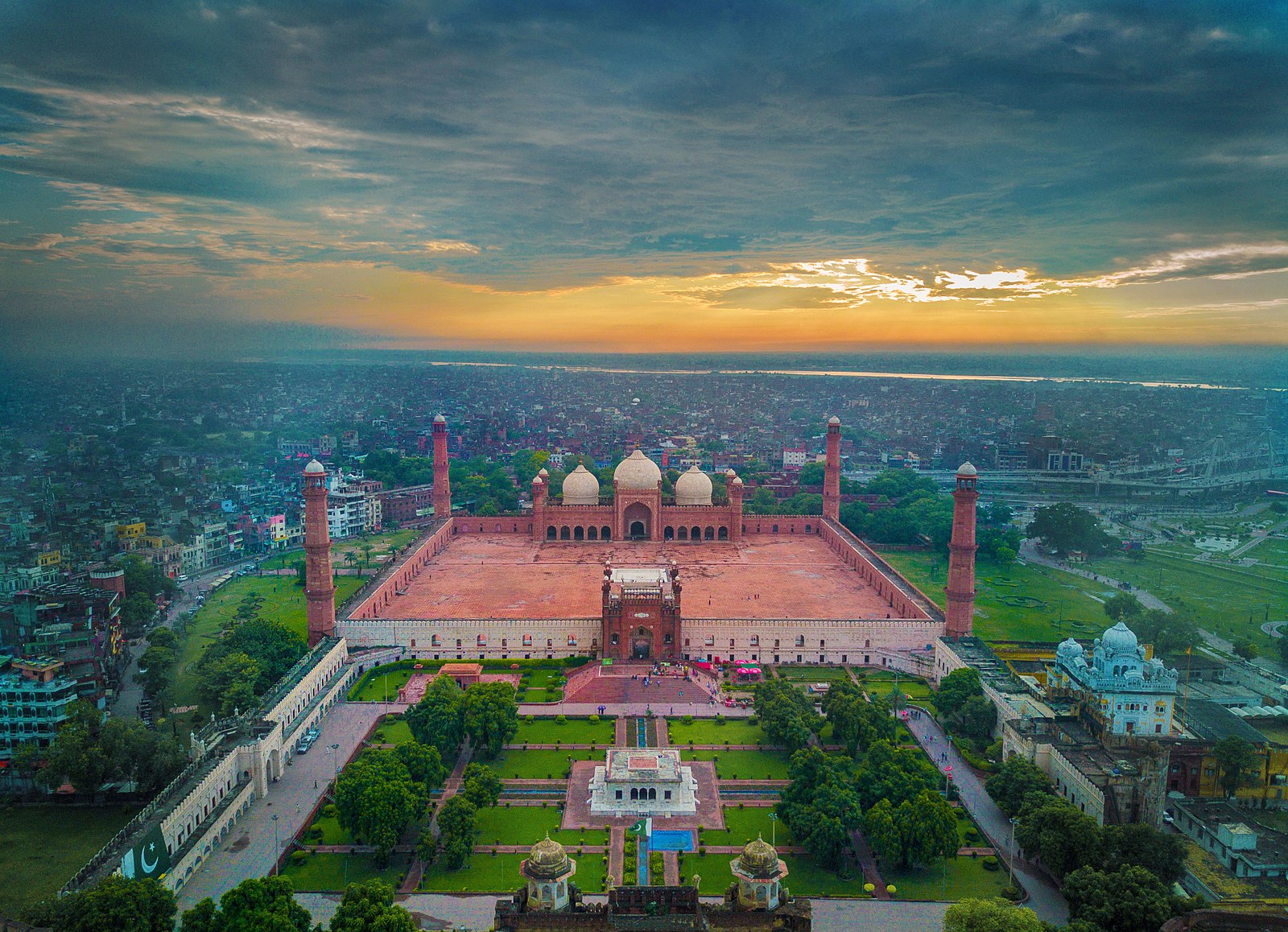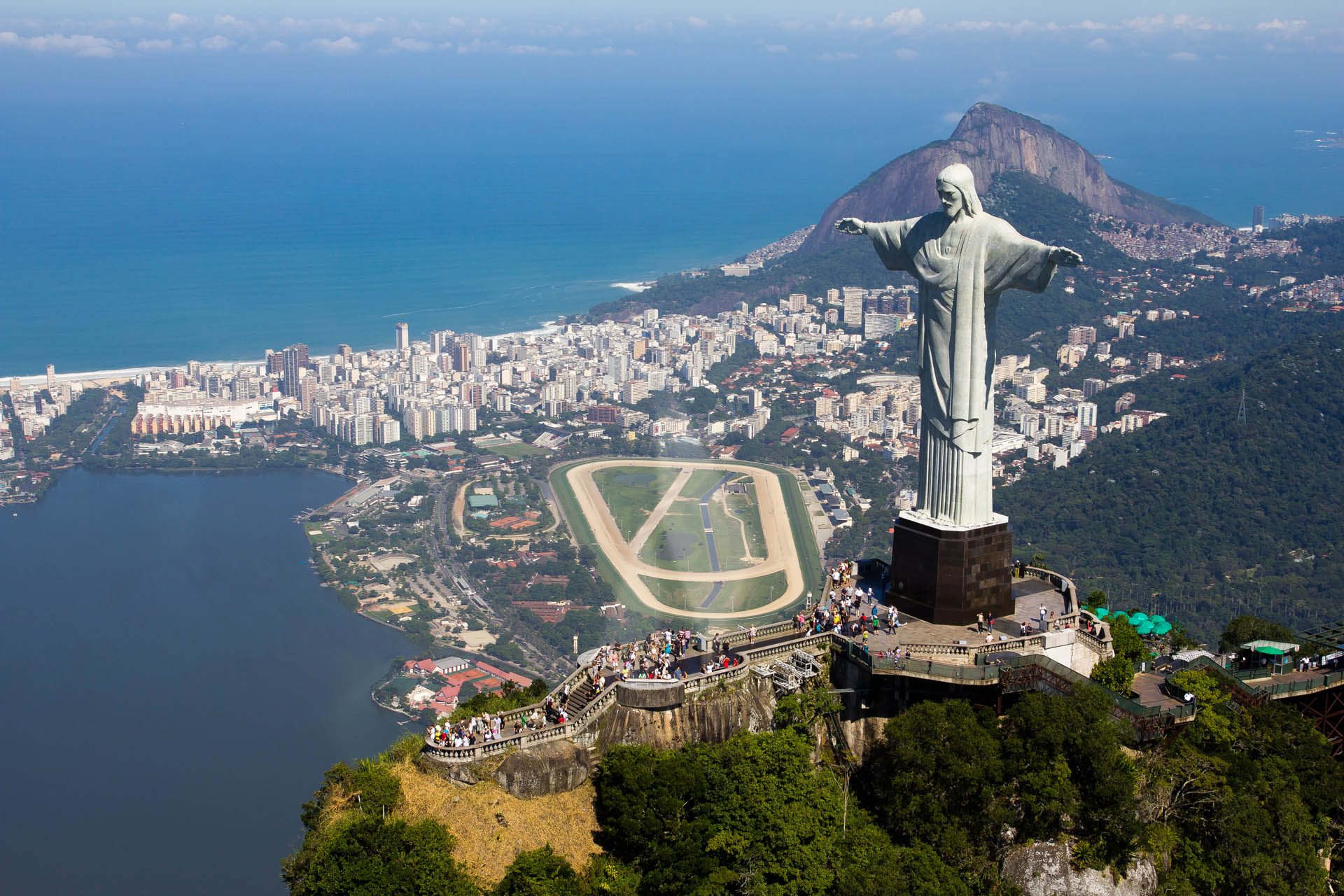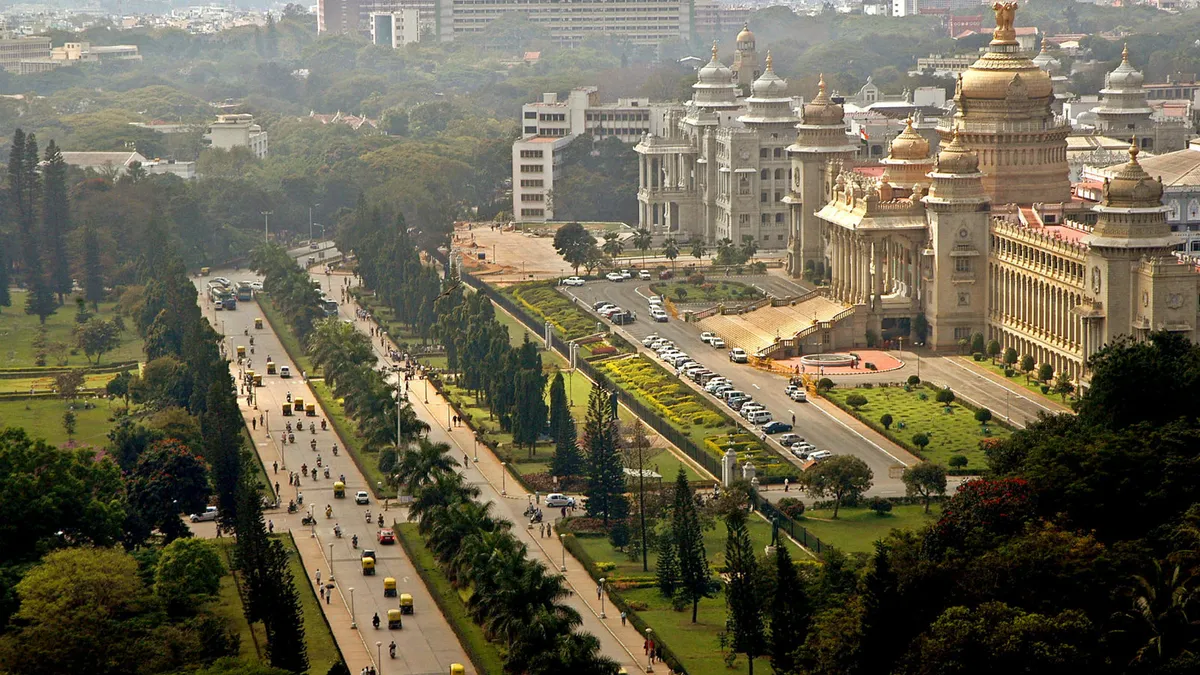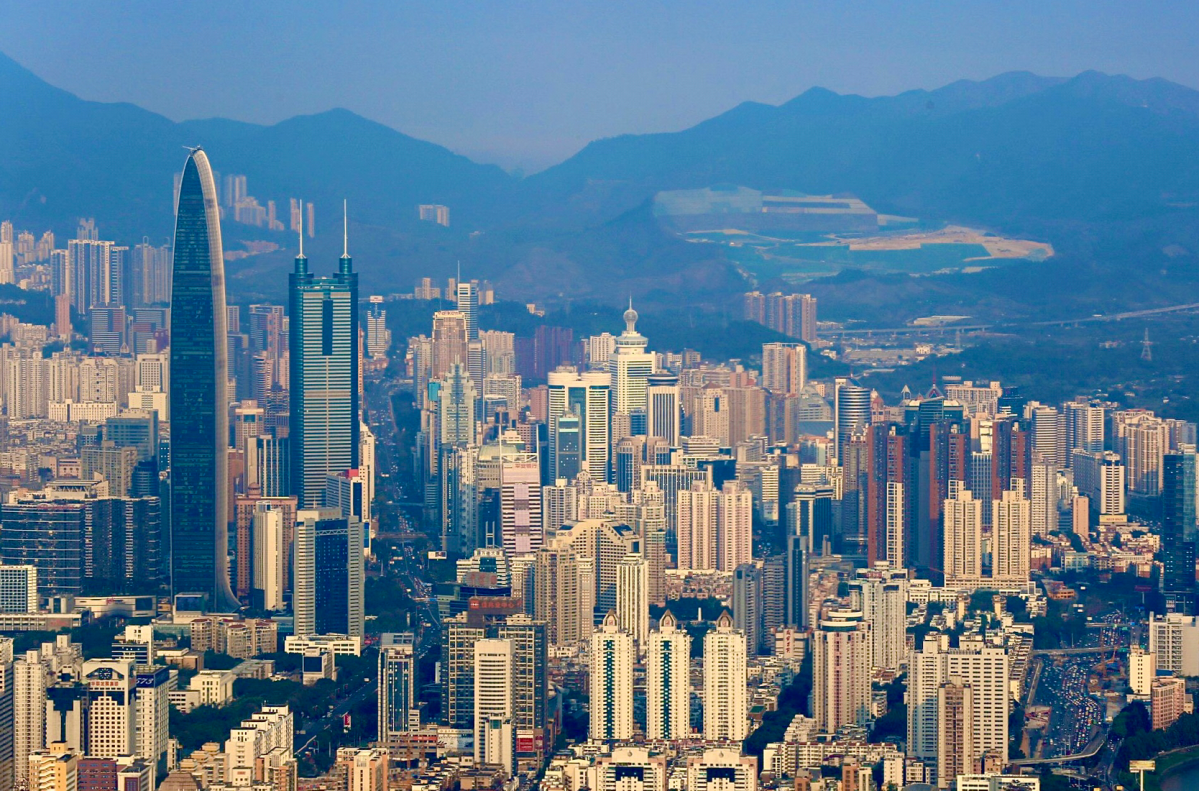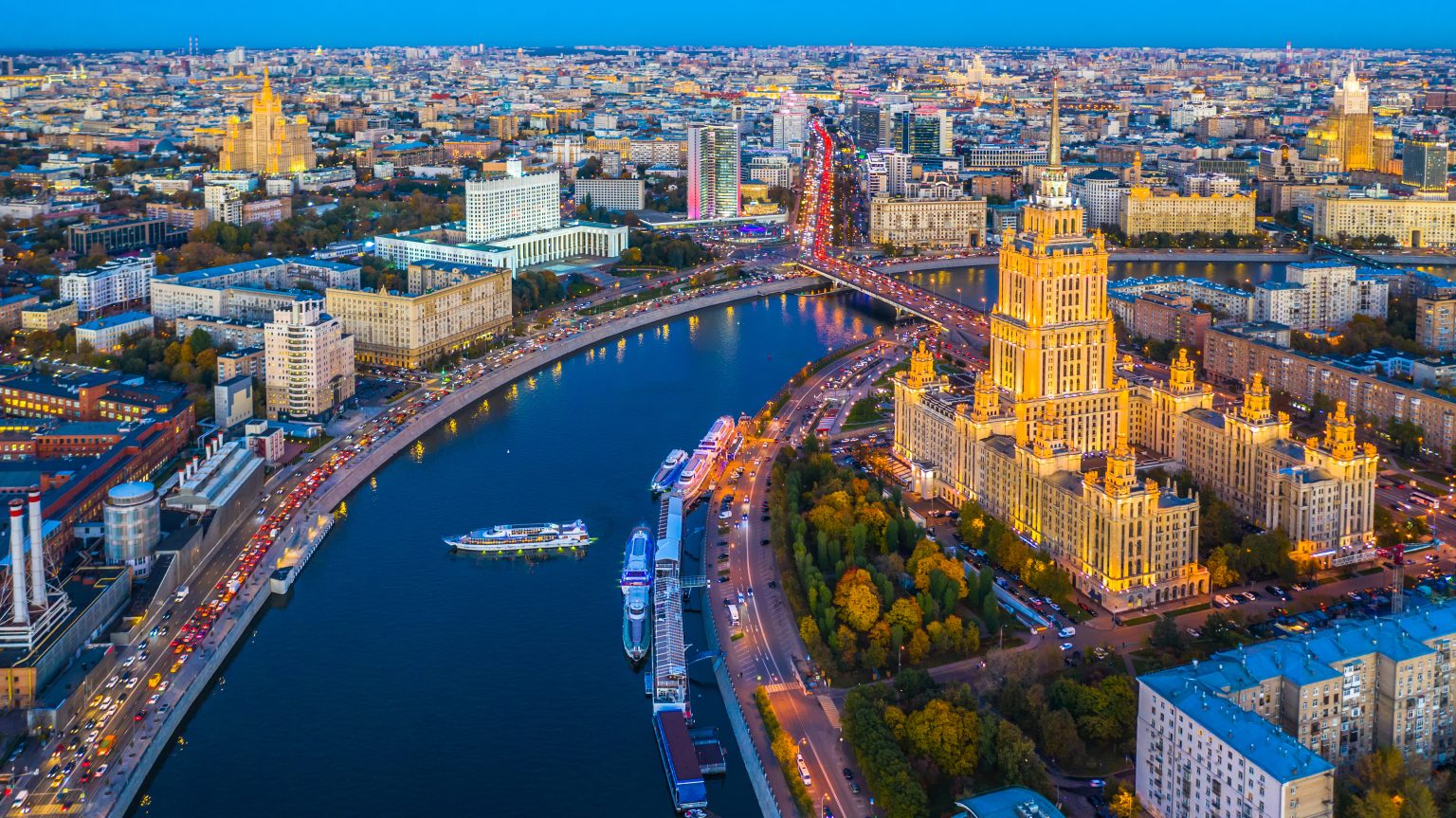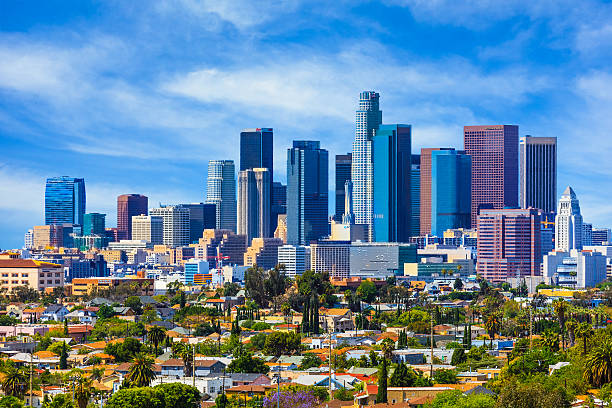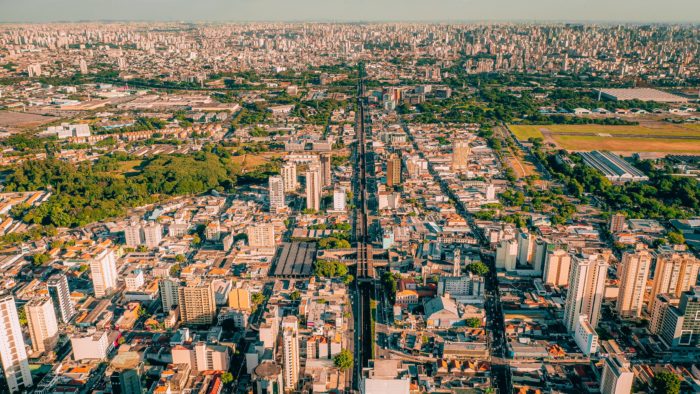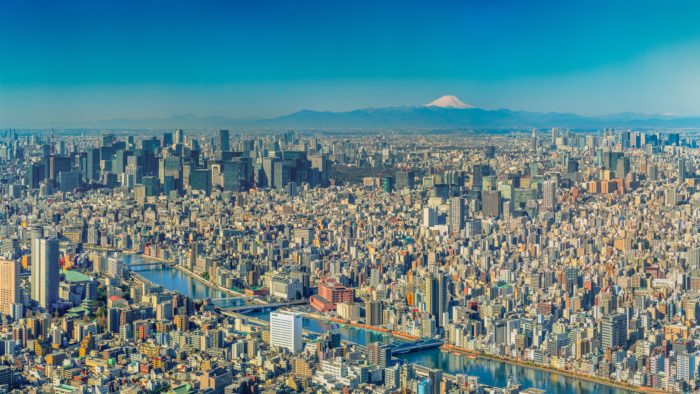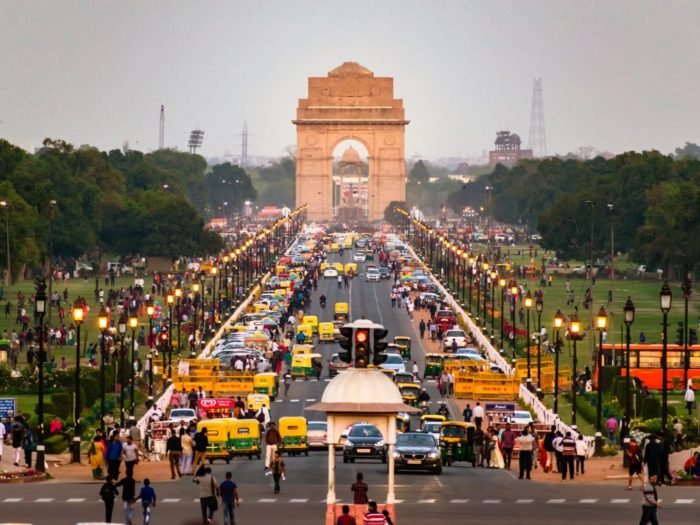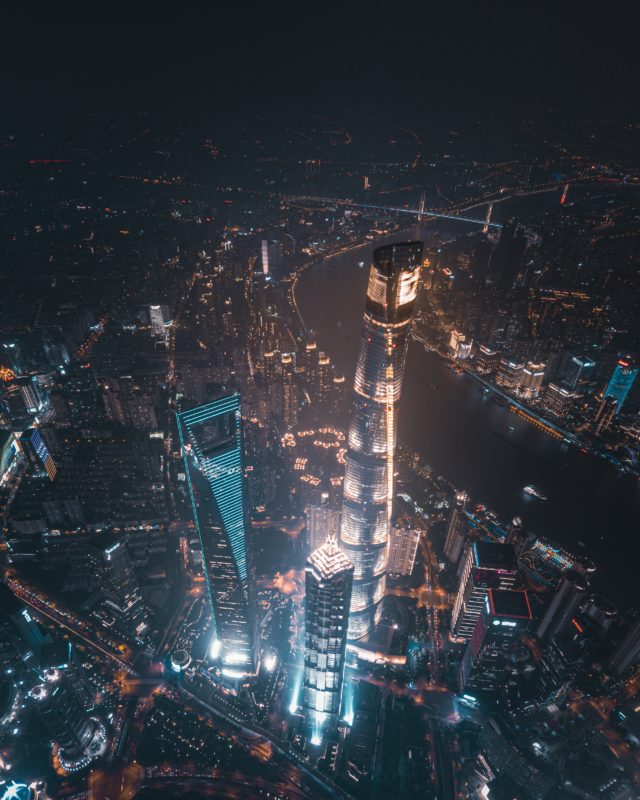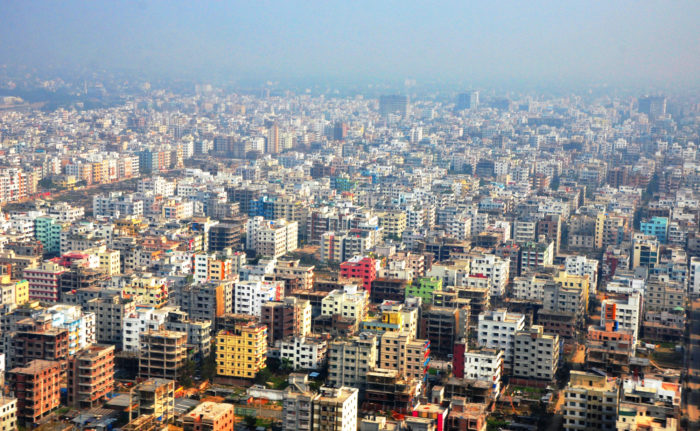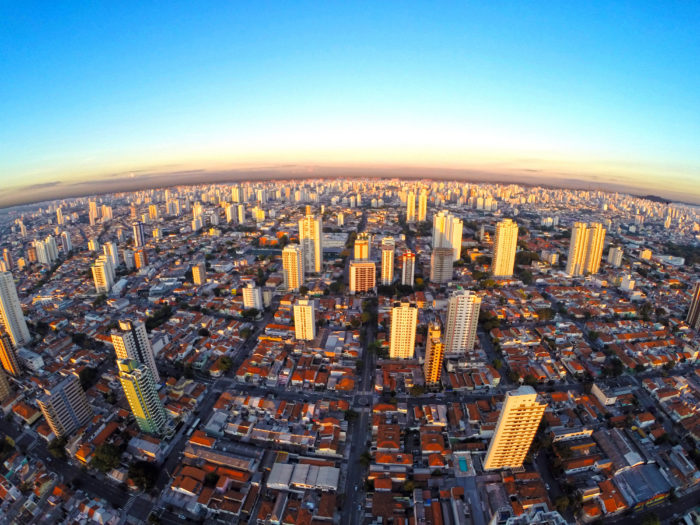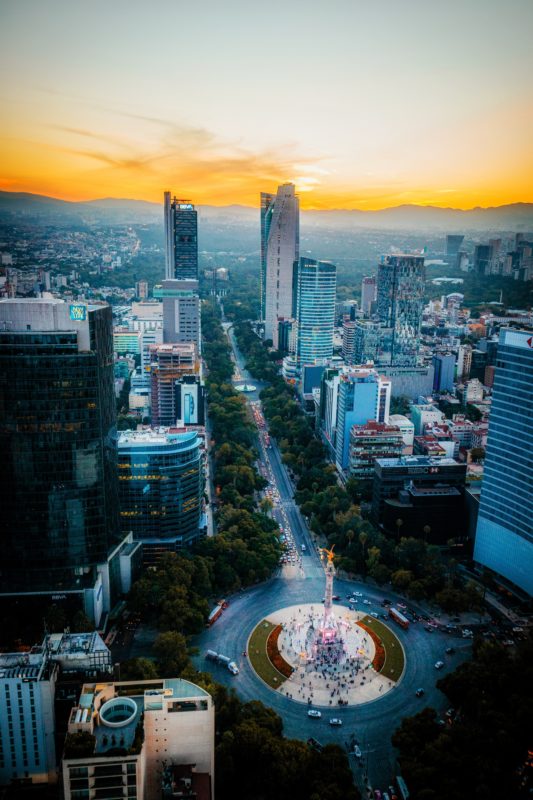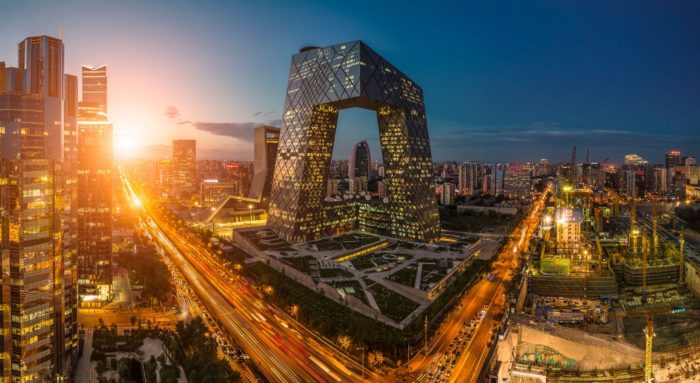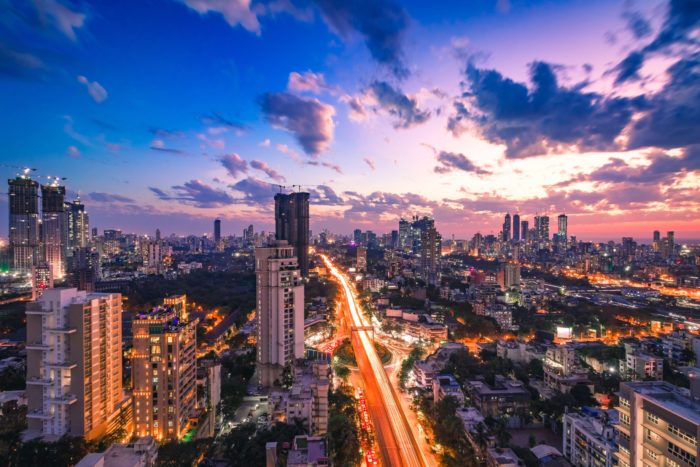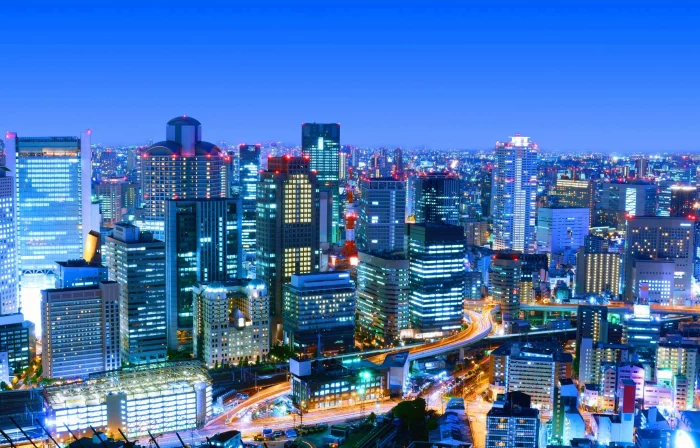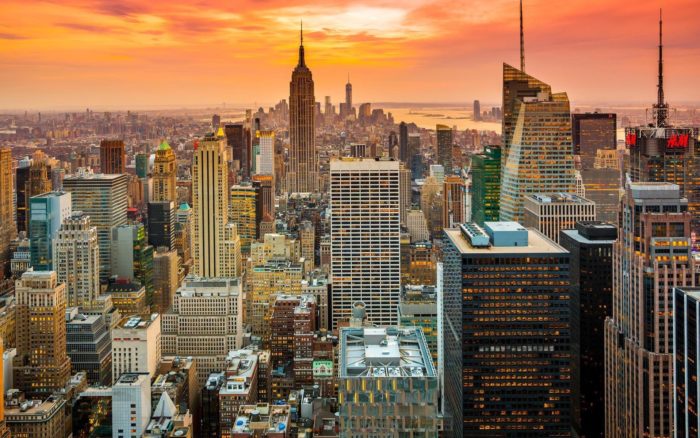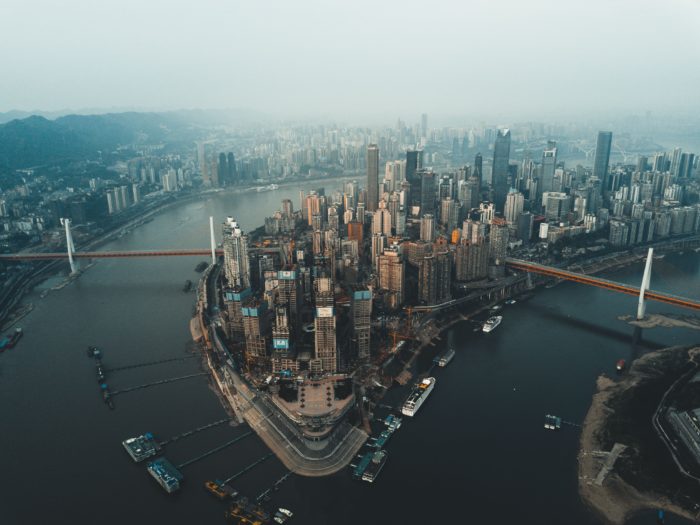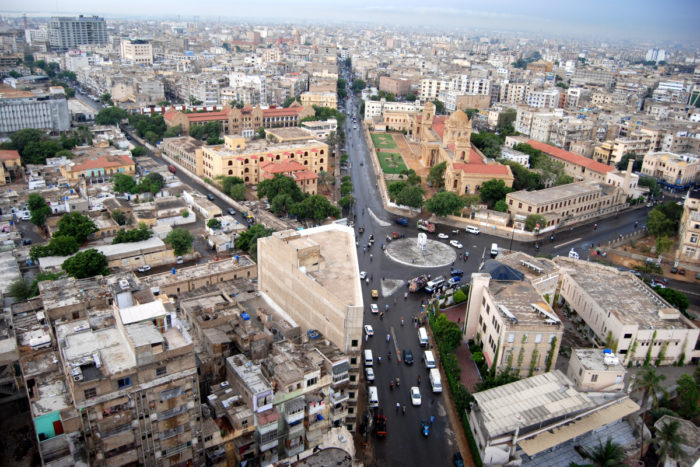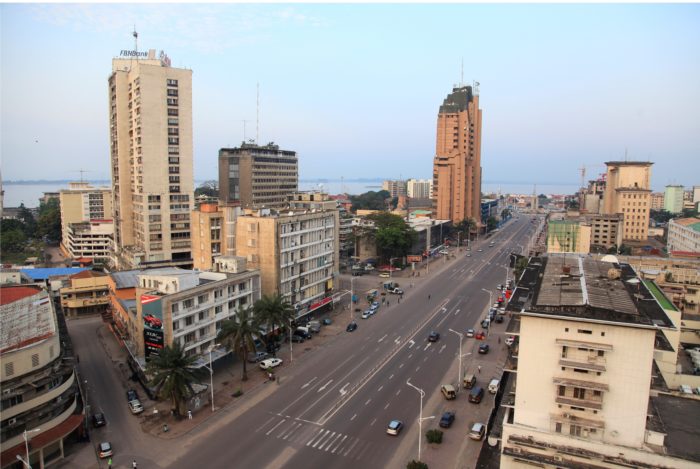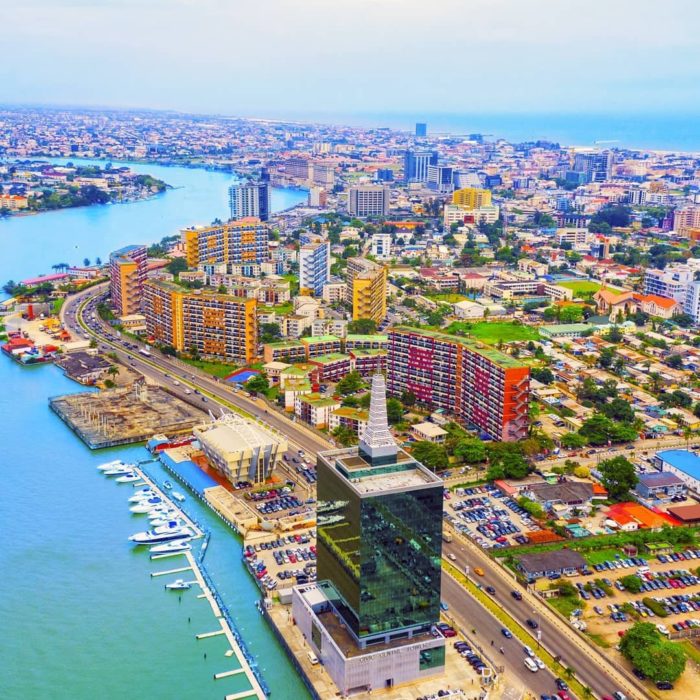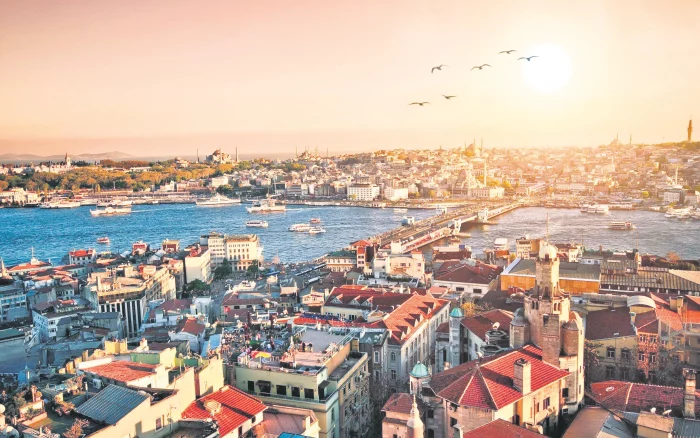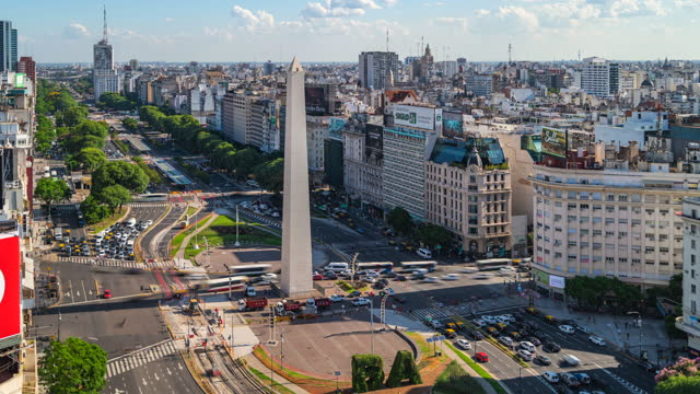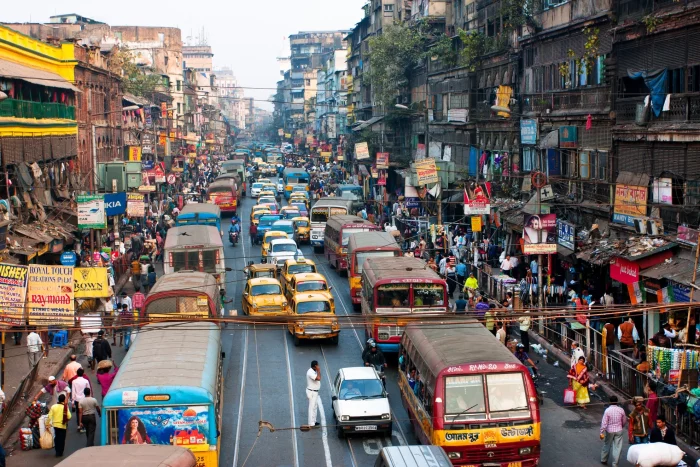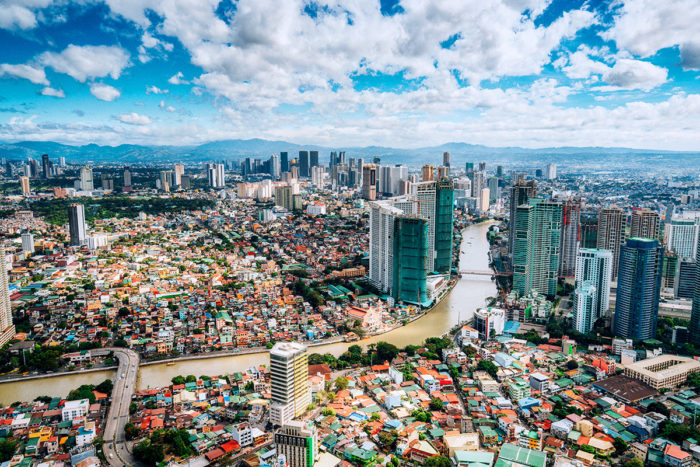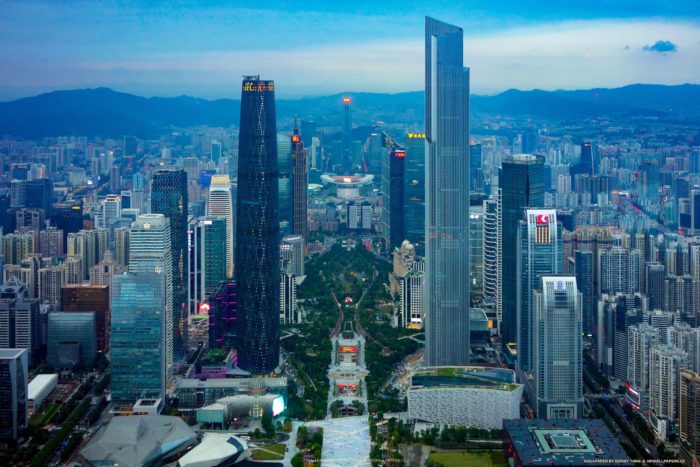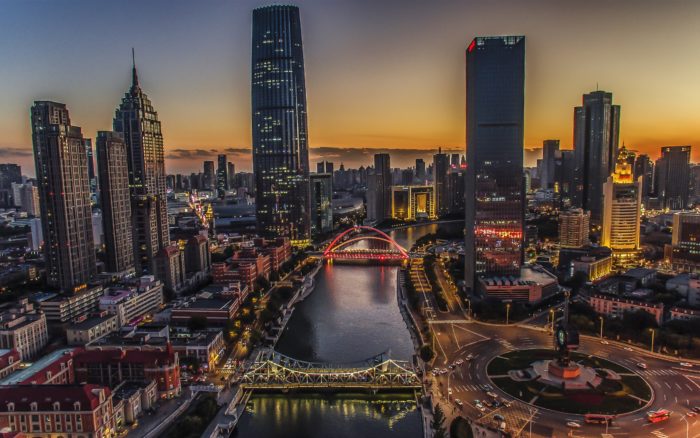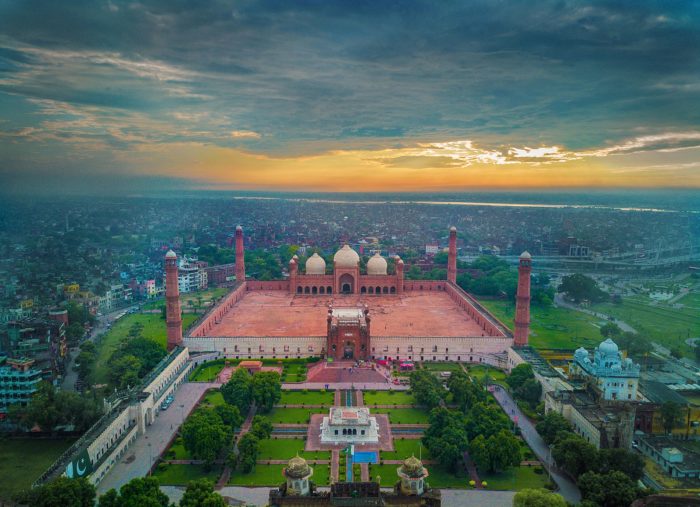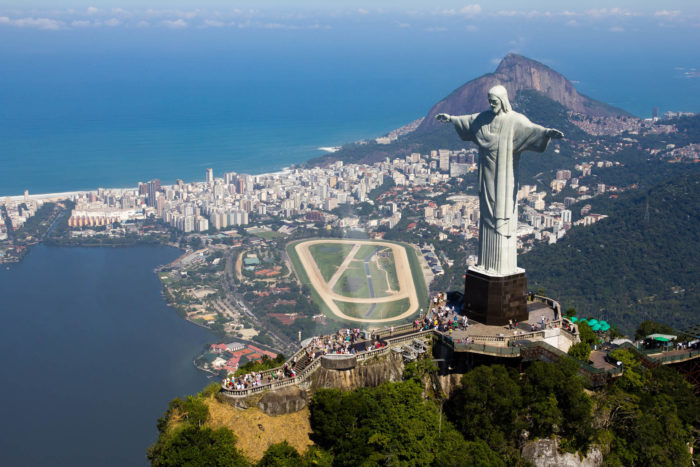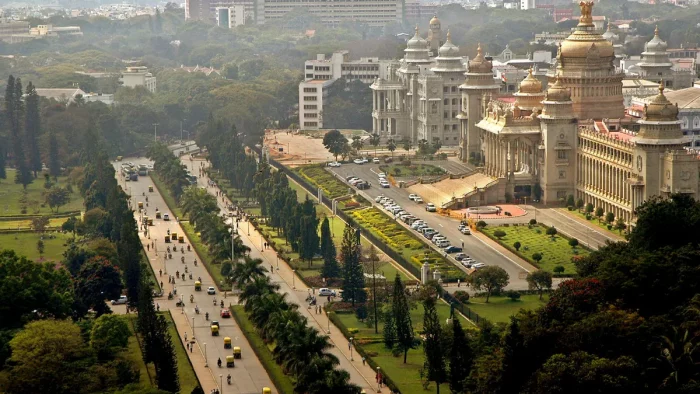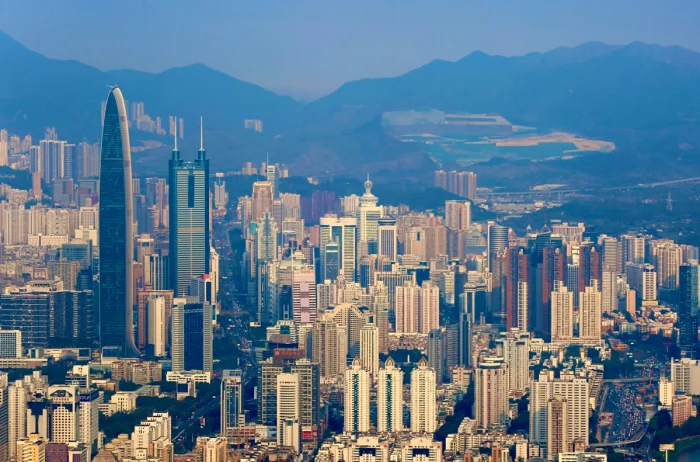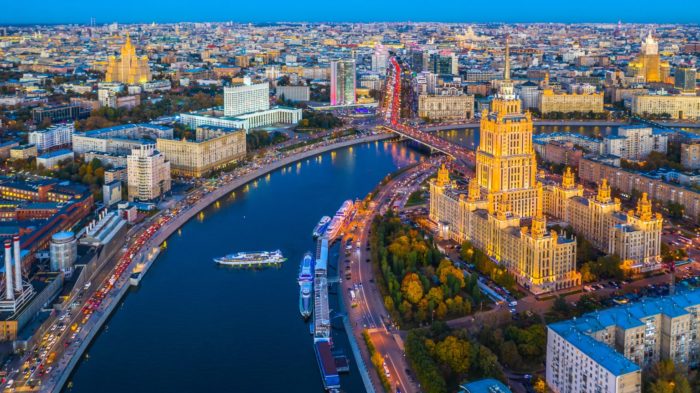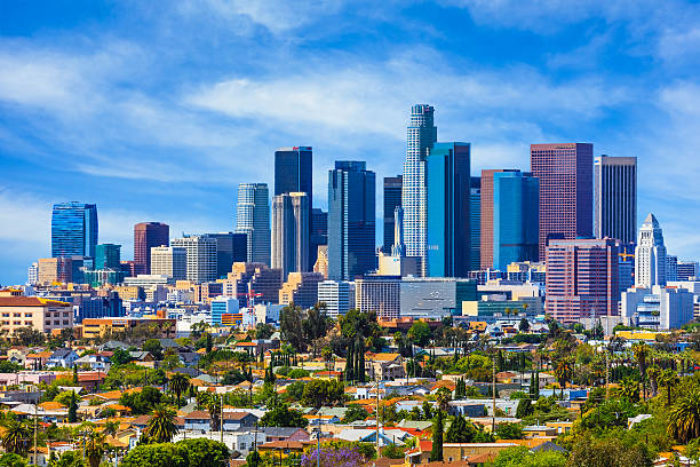With so many people living in urban areas, it’s natural to wonder what is the largest city in the world. In this article, we’ll take a closer look at the top 27 largest cities in the world, exploring their unique histories, cultures, and attractions. Whether you’re a seasoned traveler or simply curious about urban life, you won’t want to miss this comprehensive guide to the world’s biggest cities.
What is the Largest City in the World?
According to the UN Department of Economic and Social Affairs, the world population will reach 8.6 billion by 2030 and jump to 11.2 billion by 2100. This report published by the UN Department of Economic and Social Affairs shows that China and India will remain the two most populous countries in the world, comprising 18-19% of the world population. It is no doubt, then, that these two countries are home to a number of the largest cities in the world, such as Shanghai and Delhi.
All this growth in the world population is manifested in large cities that are home to almost half the people of the world, where they pursue their studies, careers, and whole lives. Today, Tokyo is the world’s most populous city, with almost 38 million residents. In this article, you will see that the most populated cities in the world are in Asia, Africa, and Latin America. So, without further ado, let’s find out the answer to which city is the largest in the world.
1. Tokyo, Japan: 37,194,000
Area: 2,194 km2
Density: 6,363/km2
Since most of the population growth takes place in Asia and Africa, it is no wonder that Tokyo, the largest city in the world, is in Asia. Tokyo is currently the world’s most populous city, projected to remain so until 2030. According to the Global Cities Institute at the University of Toronto, however, Tokyo will be replaced by Mumbai, India, where the population is to reach 42.4m people by 2050.
2. Delhi, India: 32,941,000
Area: 1,483 km2
Density: 11,312/km2
Delhi is the capital city of India, and it also happens to be not only the largest city in India but also the second-largest city in the world. Although it is projected that Tokyo will remain the largest city in the world by 2030, there’s also some debate that Delhi, India, is to exchange places with Tokyo to become the largest city in the world instead. It is projected that in 2030 Delhi will gain around 10m people making its population jump to almost 39 million.
3. Shanghai, China: 29,210,808
Area: 6,340 km2
Density: 4,200/km2
Shanghai isn’t only home to the world’s most comprehensive subway system, but it’s also the largest Chinese city and the third-largest city in the world. By 2030 Shanghai will most likely remain the third-largest city in the world, with an estimated population of 32.9 million people.
4. Dhaka, Bangladesh: 23,210,000
Area: 306.4 km2
Density: 34,000/km2
Bangladesh is one of the world’s most populated countries, and Dhaka is the capital city of Bangladesh. Dakha is the sixth largest city in the world, expected to leap to No. 4 by 2030.
5. São Paulo, Brazil: 22,620,000
Area: 1,521 km2
Density: 8,005.25/km2
It is believed that São Paulo has an outrageous number of cars which affects the lives of commuters daily. This makes São Paulo among the top ten worst transit on the planet. On average, a São Paulo resident would spend around 90-105 minutes commuting daily.
Although São Paulo is the largest city in Latin America, it is expected not to remain the fourth-largest city in the world for long. Population growth is taking place in Asia and Africa, and soon enough, São Paulo will move down the list and be replaced by other cities such as Mumbai, Dakha, and Kinshasa.
6. Ciudad de Mexico (Mexico City), Mexico: 22,281,000
Area: 1,485 km2
Density: 6,000/km2
Mexico City will be on the world’s top ten largest cities list by 2030. However, it is projected to drop to No. 8 or 9. The Global Cities Institute projects that by the year 2050, Mexico City will drop to No. 10 with an estimated population of 24.3m.
7. Cairo, Egypt: 22,183,200
Area: 3,085 km2
Density: 19,376/km2
Currently, Cairo, the capital of Egypt, occupies position no. 6 among the largest cities in the world list. Cairo has always been a significant city, and on this list, it marks the first African city to make it to the top ten largest cities. It is anticipated that in the future, more African cities will appear among the largest cities in the world, but Cairo will not be among them, and it will drop further down the list and leave room for Lagos and Kinshasa.
8. Beijing, China: 21,766,214
Area: 16,411 km2
Density: 1,334/km2
Whereas the theoretical population density of Beijing, China, is relatively low, it is one of China’s most densely populated cities. Since 2015, the Chinese administration has put conscious effort into limiting population growth in Beijing to less than 23 million. Due to these efforts, it is unlikely that Beijing will make it to the largest cities in the world list by 2050.
9. Mumbai, India: 21,296,516
Area: 603.4 km2
Density: 21,000/km2
Mumbai (formerly known as Bombay) marks the second appearance of an Indian city on this list. Mumbai is the wealthiest Indian city and resembles India’s commercial capital. According to National Geographic, a curious fact about Mumbai is that its railway system has the world’s highest passenger per kilometer density, providing its passengers with over 2000 train trips along over 300 kilometers of land.
According to the Global Cities Institute at the University of Toronto, Mumbai’s population is expected to double over the next three decades to reach 42.4 m. It is projected that by 2050 Mumbai will overtake Tokyo’s position as the largest city in the world.
10. Osaka, Japan: 19,013,434
Area: 223 km2
Density: 12,214/km2
The metropolitan area of Kinki (Osaka and Kyoto) was once the Japanese capital; now, it is the second-largest Japanese city and the tenth-largest city in the world. Whereas Osaka is the 10th largest city in the world, OntarioTech University projects that the city of Osaka will drop to number 48 by the year 2050 with a population count of only 10.18m people.
11. New York, United States: 18,937,000
Area: 783.8 km2
Density: 10,194/km2
New York is already the largest city in the United States, with a population that’s over twice the population of Chicago (the 3rd largest city in the United States). Future projections say that New York will make it to the top ten largest cities in the world by 2050, with an estimated population count of 24,768,743.
12. Chongqing, China: 17,340,704
Area: 82,403 km2
Density: 350/km2
Although the current population of Chongqing, China, is pushing 18m people, it is speculated that by 2050 the population will drop to 9,086,963 due to fertility rates and aging citizens. This population decrease will place Chongqing at roughly 57th place on the list of the top 100 largest cities in the world list.
13. Karachi, Pakistan: 17,236,230
Area: 3,780 km2
Density: 24,000/km2
Karachi has ranked as the cheapest city in the world several times during the past decade and always finds a place among the top 10 cities in the world. Karachi, Pakistan, is projected to become the 8th largest city in the world by 2050, with an estimated population of 31,696,042. This population increase, along with being one of the most affordable cities, is not exactly promising, as cheap does not always mean liveable, and almost double the current population will share the same place.
14. Kinshasa, Democratic Republic of Congo: 16,315,534
Area: 9,965 km2
Density: 1,462/km2
Kinshasa will go through a massive population increase by 2030 to make its population count an estimated 35m people, thus making it the 4th largest city in the world throughout the following two decades.
15. Lagos, Nigeria: 15,945,912
Area: 1,171 km2
Density: 6,871/km2
Lagos, Nigeria, is among the most prominent African cities in the world. Demographers project that by 2030 Lagos will move up from its current position to be the 5th largest city in the world with a population of 32.6 million.
16. Istanbul, Turkey: 15,847,768
Area: 5,343 km2
Density: 2,523/km2
Istanbul takes place on this list as one of the largest fifteen cities in the world, but it is speculated that its population growth rate is not enough to keep it on this list for long. By 2050, it is projected to be the number 30 largest city worldwide, with an estimated population of 14,175,543.
17. Buenos Aires, Argentina 15,490,415
Area: 203 km2
Density: 13,680/km2
Although it is anticipated that Buenos Aires will keep growing over the upcoming decade to hit an estimated 16.35m people by 2030, it will only remain one of the most populated cities in the world for a short time. This population growth is not enough to keep Buenos Aires as one of the largest 15 cities in the world, and by 2050 it is projected that it will drop to number 24.
18. Kolkata (Calcutta), India: 15,332,793
Area: 206.1 km2
Density: 24,000/km2
The third appearance of an Indian city on this list is made by Kolkata (previously Calcutta), home to almost 15.5 million Indian citizens. Although Kolkata occupies number 18 on this list right now, it is projected that by 2050 Kolkata’s population will double, and it will become the 5th largest city in the world with a population count of 33,042,208.
19. Manila, Philippines: 14,667,089
Area: 42.34 km²
Density: 42,857/km2
Manila is one of the world’s largest cities and one of the largest in Asia. By 2050 its population is projected to almost double and become 23,545,397, moving it up to number 12 on this list.
20. Guangzhou, Guangdong, China: 14,284,353
Area: 7,434 km2
Density: 2,000/km2
Like other Chinese cities on this list, Guangzhou’s population is expected to plateau after it peaks in 2030 to reach 16,024,000.
21. Tianjin, China: 14,238,643
Area: 11,760 km2
Density: 1,300/km2
According to UN demographers, the population of Tianjin is calculated to become 15,745,000 by 2030, which means that it will move further down the 2030 list. Tianjin is projected to face a population decrease over the upcoming three decades, leaving it with a population count of only 10,149,945, placing the city as number 49 on the 2050 list.
22. Lahore, Pakistan: 13,979,390
Area: 1,772 km2
Density: 6,300/km2
Located in Pakistan’s far northwest is the city of Lahore. It’s the cultural epicenter of the Punjab area and all of Pakistan, and it also happens to be the provincial capital.
The population of Lahore increased by 3.23 percent, or 437,626 people, over the past year. Lahore has many prestigious educational institutions, cultural landmarks, and architectural wonders. The numerous historical gardens in and around Lahore have contributed to the city’s reputation as the Paris of the East or the Mughal City of Gardens.
23. Rio de Janeiro, Brazil: 13,727,075
Area: 1,200 km2
Density: 5,377/km2
This is the second appearance of a Brazillian city on this list. Rio de Janeiro’s population is expected to reach new heights by 2023. The thriving city has always been a popular tourist destination, and as more people flock to the area to experience its vibrant culture, the population is set to rise. With its stunning beaches, lively nightlife, and rich history, it’s no surprise that Rio de Janeiro is becoming an increasingly popular place to live and visit. As the city continues to grow, it will be exciting to see how it evolves and adapts to the changing needs of its residents.
24. Bangalore, India: 13,607,800
Area: 741 km²
Density: 11,000/km2
Bangalore, India, is a bustling city with a population of over 12 million people. It is known as the “Silicon Valley of India” due to its thriving tech industry. It has become a hub for innovation and entrepreneurship. The city is also home to a diverse mix of cultures, with a rich history and a vibrant arts and music scene. Despite its rapid growth, Bangalore maintains a strong sense of community and is a beautiful place to live, work, and explore.
25. Shenzhen, China: 13,072,633
Area: 2,050 km2
Density: 8,600/km2
Shenzhen, China, is projected to be on the 2030 list with a population count of 14,537,000. However, by 2050 it is speculated that Shenzhen will face a population decrease and come to 11,196,456, affecting the city’s place on the list as it will become nearly no. 39.
26. Moscow, Russia: 12,680,389
Area: 2,511 km2
Density: 5,080/km2
The UN projects that Moscow’s population will increase slightly over the coming decade and will rank 28 on the 2030 list. However, over the following two decades, Moscow’s population will dwindle to 10,235,265, ranking it 47 worldwide.
27. Los Angeles, United States: 12,534,000
Area: 1,299 km2
Density: 3,206.29/km2
Los Angeles’s population is not due for a growth spurt anytime soon, as it is expected to reach 13,209,000 in 2030, moving it down to number 27 on the 2030 list.
The top 27 populated cities in the world are home to millions of people and offer a diverse range of cultures, traditions, and lifestyles. From Tokyo to Mexico City and from Mumbai to New York, these cities are bustling with activity and offer endless opportunities for exploration and discovery. Whether you’re interested in exploring historical landmarks, trying exotic cuisines, or immersing yourself in local traditions, there’s something for everyone in these vibrant cities.
